
Hunt the aurora
Chase the Northern Lights under Arctic skies. Venture into the dark north with expert-led excursions for a chance to see nature’s greatest lightshow.
Oslo - Honningsvåg - Oslo
All-inclusive winter cruise to Norway’s North Cape, chasing the Northern Lights
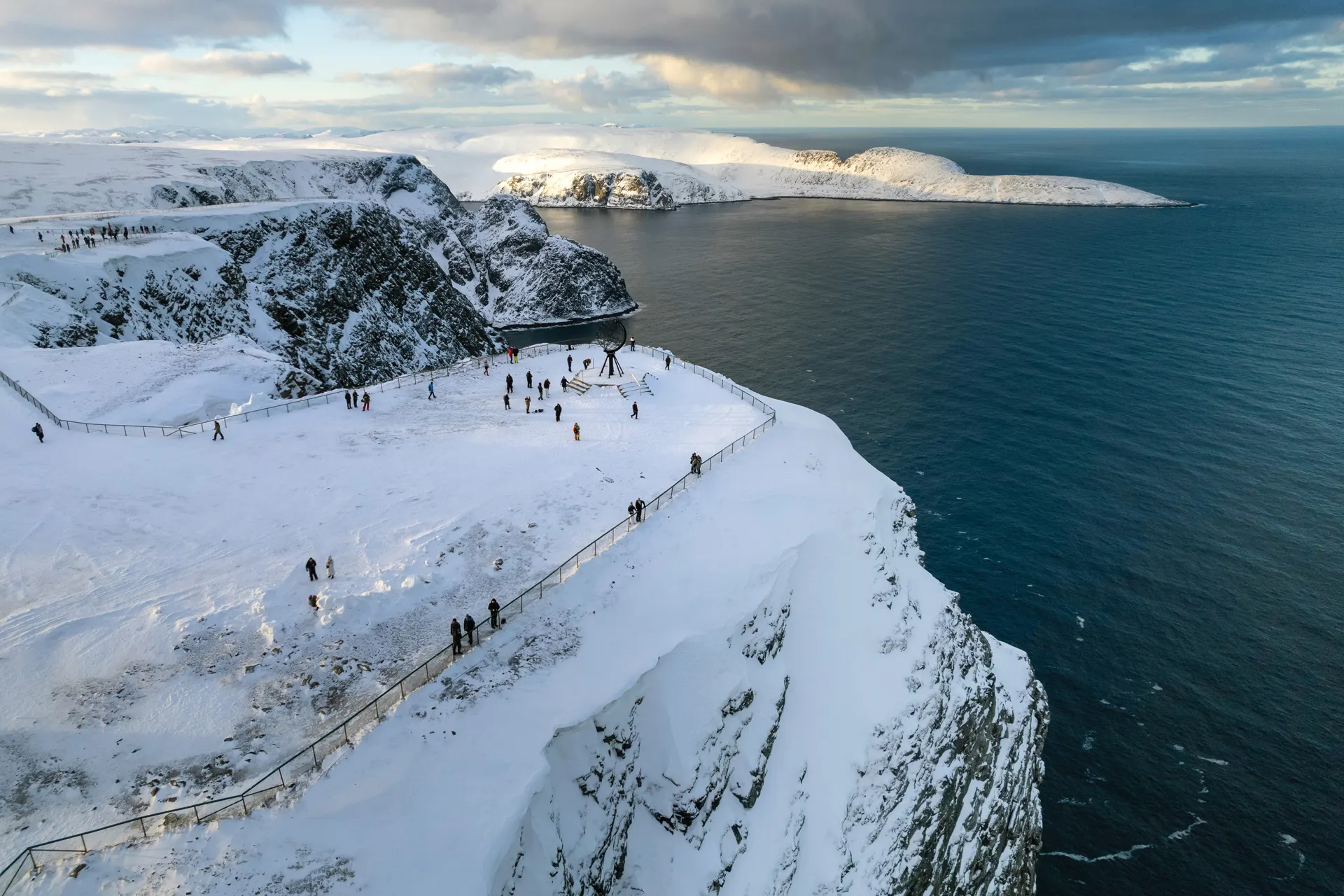
1 / 11


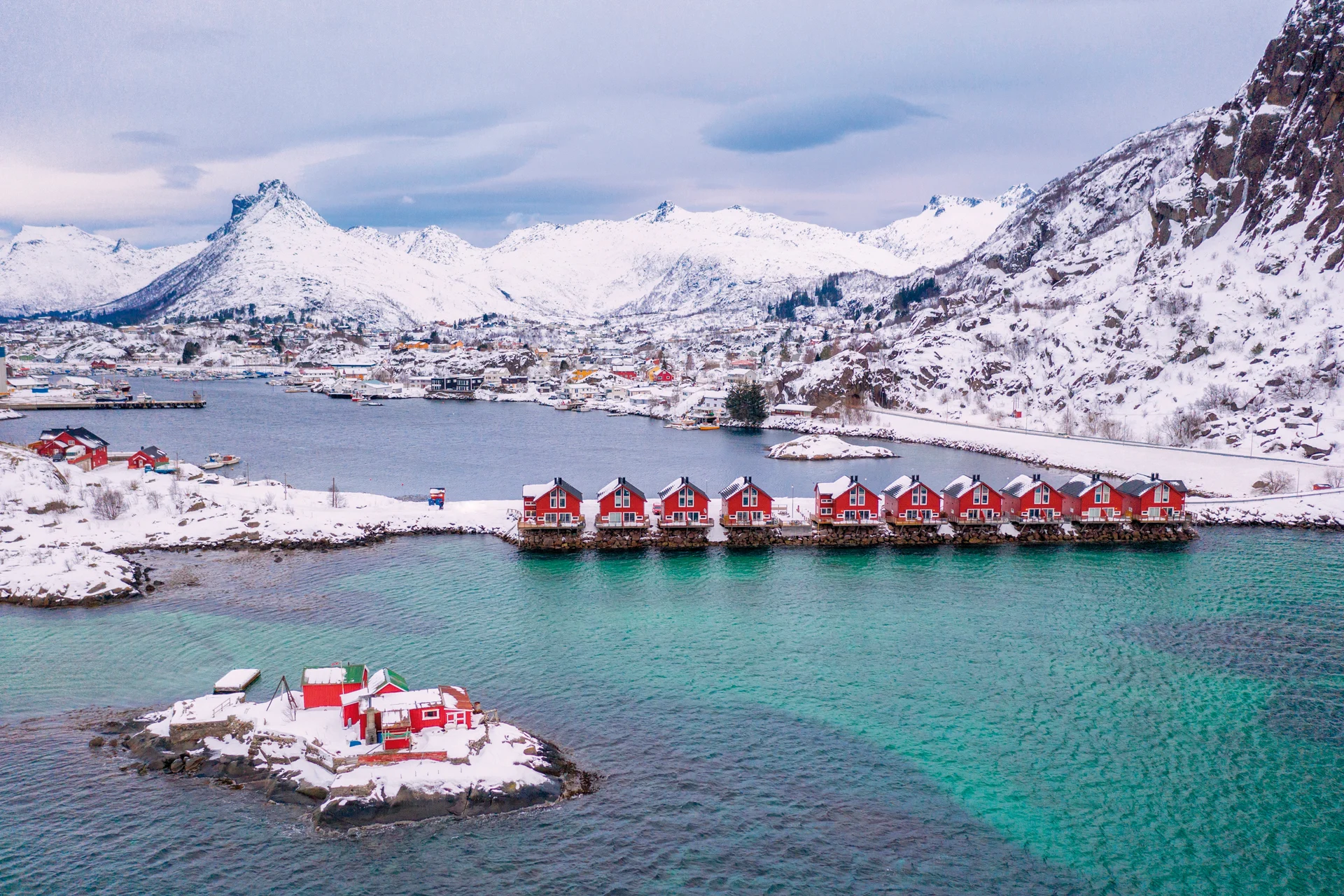
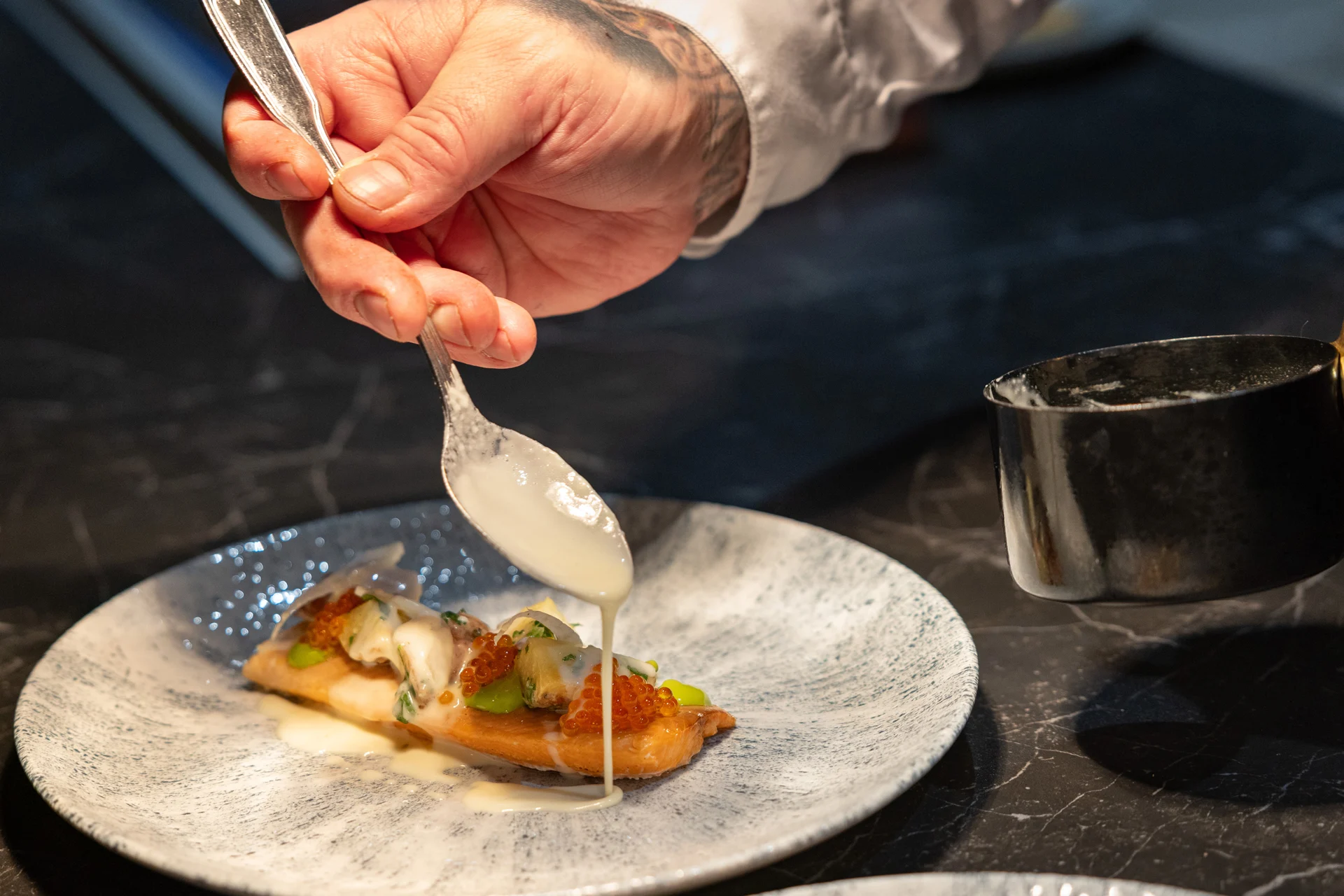
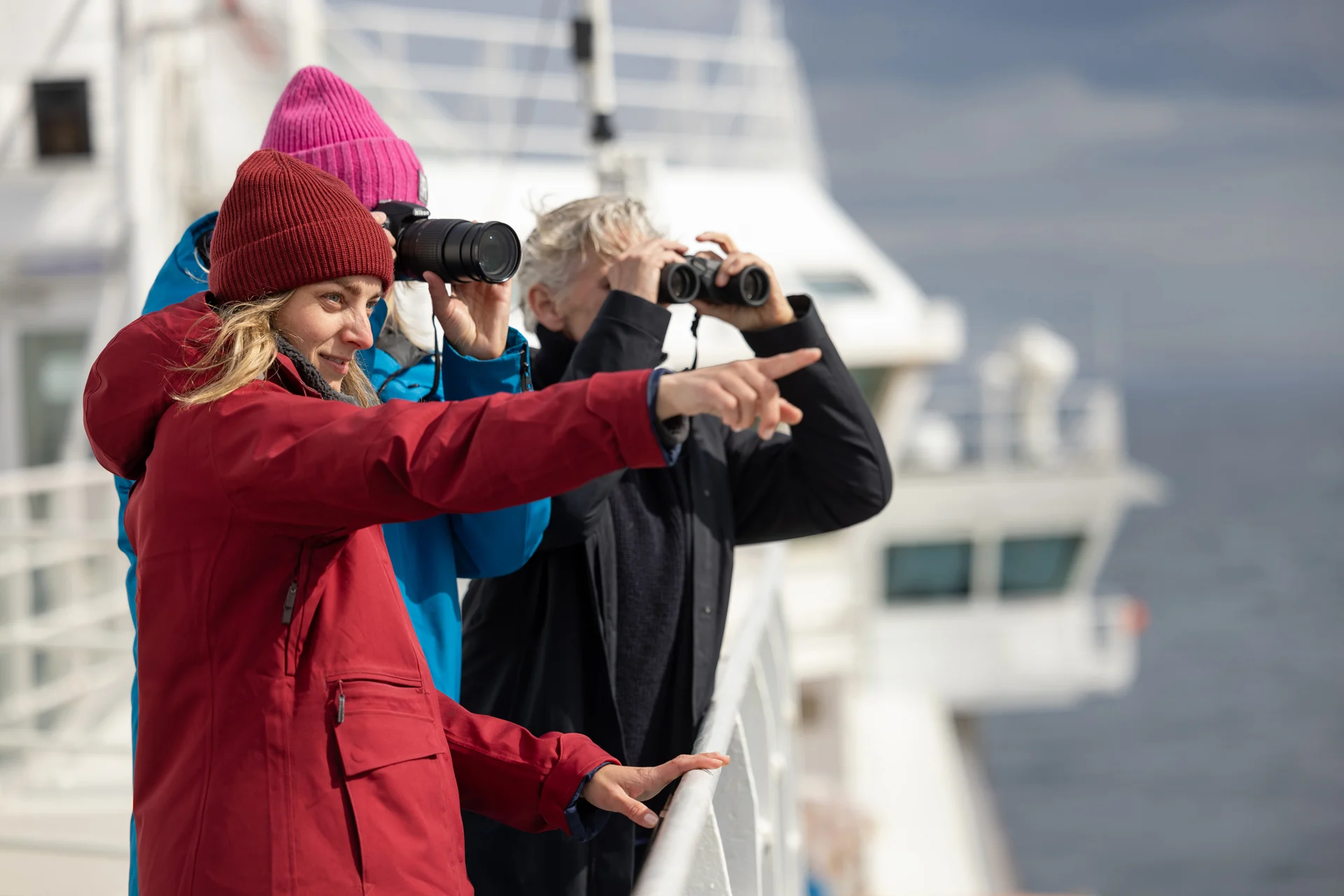
-12%
pp
All-inclusive
Lowest rate - Sailing January 2026
15 days
13 Places
27 Departures

If the aurora doesn't occur within sight of the ship on your voyage of 11 days or more, we'll give you a 6- or 7-day voyage free of charge. Valid for departures between 20 Sep - 31 Mar.
Embark from vibrant Oslo
Journey from Norway's beautiful, historic, fjord-side capital
Cruise through Norway’s epic natural beauty
Discover iconic towns, fjords and fishing villages along the way
Discover the charming port of Kristiansand
Explore Norway’s southernmost city, with its wonderful architecture
Sail along Norway’s stunning southern coast
See the iconic Lindesnes Lighthouse, Norway’s southernmost point
All-inclusive Signature voyage
Enjoy longer stays in port, and superb dining in multiple restaurants with unlimited selected drinks

Chase the Northern Lights under Arctic skies. Venture into the dark north with expert-led excursions for a chance to see nature’s greatest lightshow.
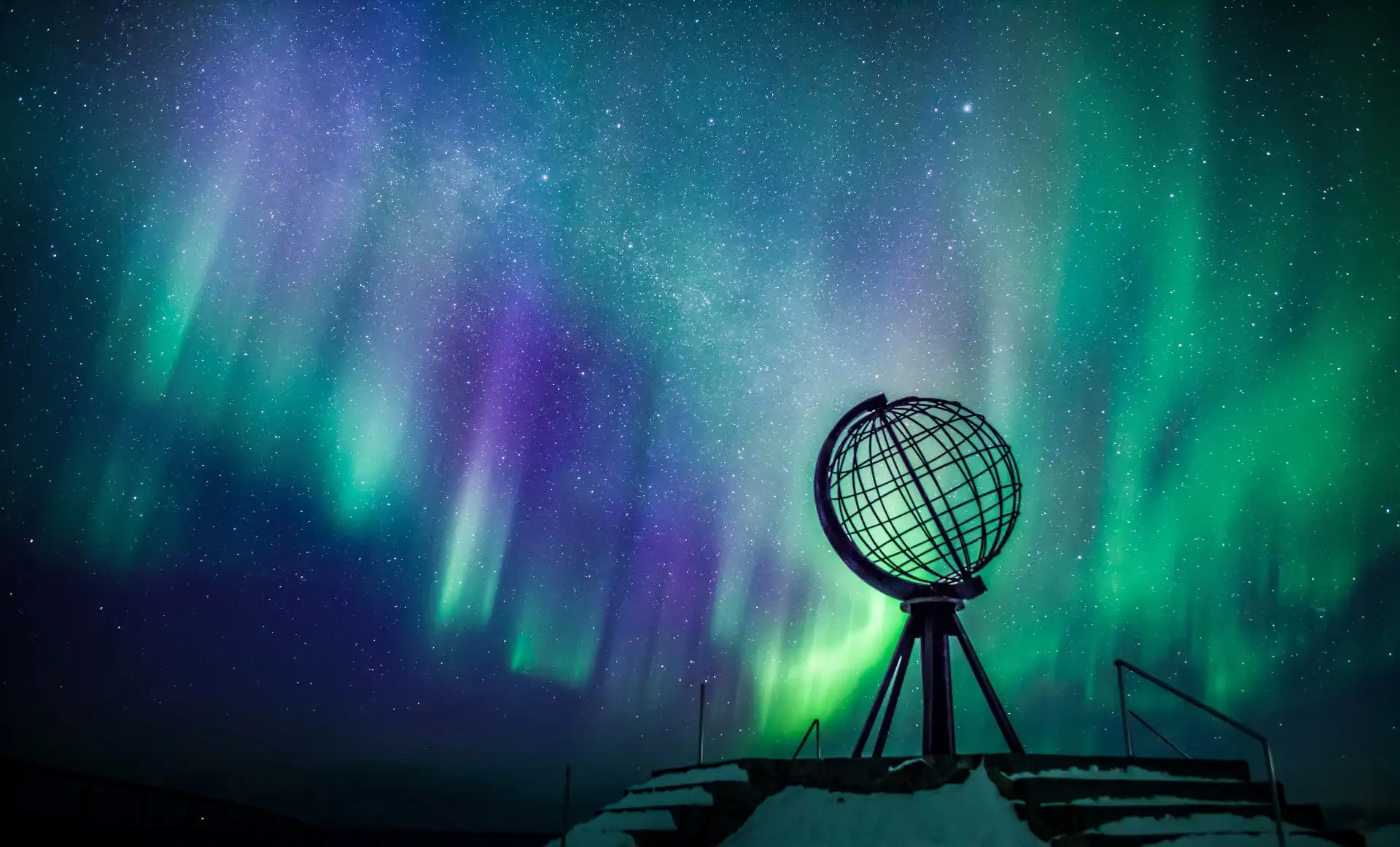
Stand atop the North Cape plateau, where cliffs plunge into the Arctic Ocean. Arrive by bus or quad bike, or join a king crab safari under the endless northern sky.
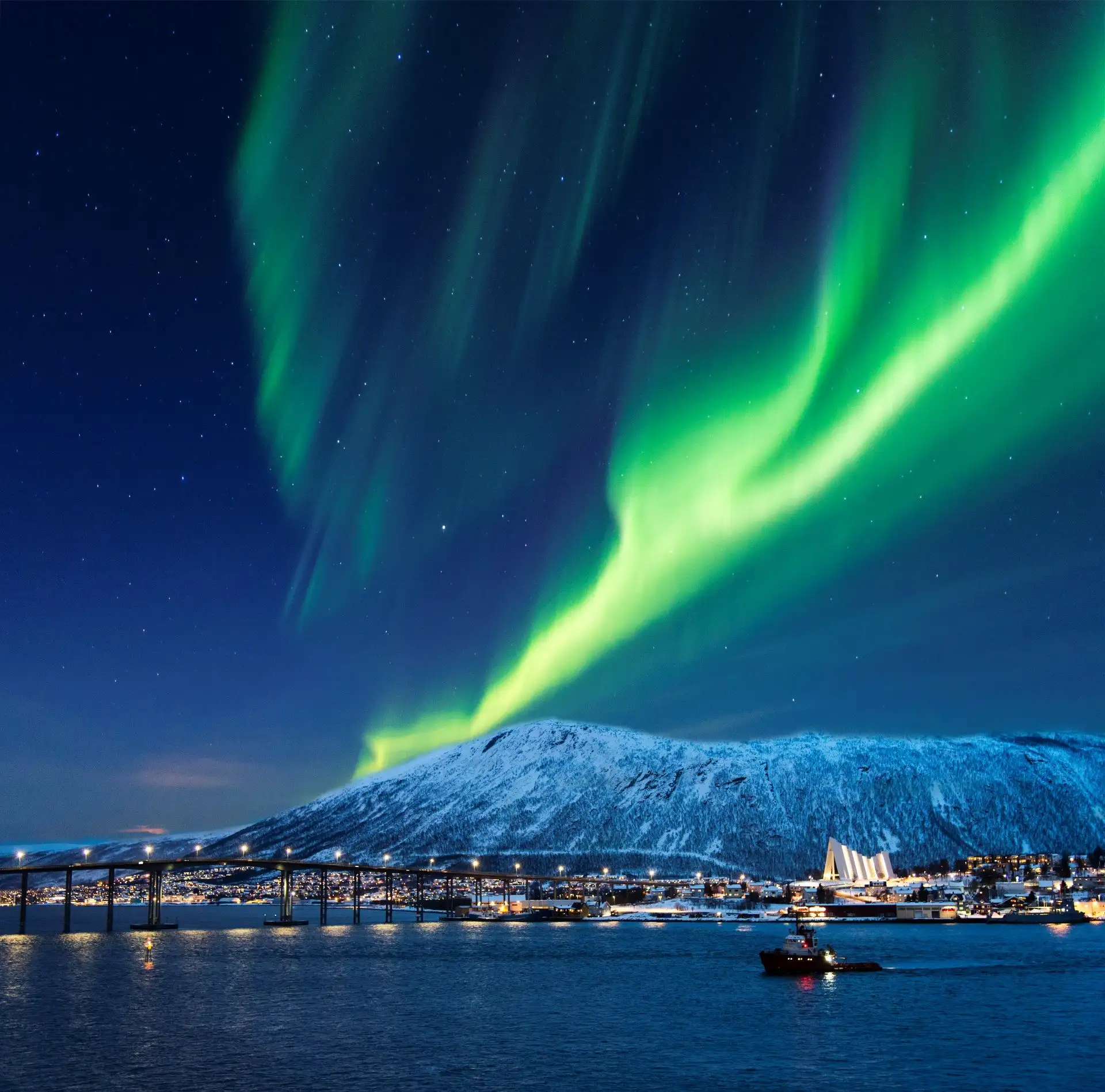
Explore Tromsø, a lively Arctic city of culture and adventure. Visit the striking Arctic Cathedral, ride the cable car for panoramic views or learn polar history at Polaria.

Toast this legendary milestone as your ship glides north of the Arctic Circle. Watch for playful Puffins, soaring Sea Eagles, and the soft glow of the aurora.

Discover the Lofoten Islands’ wild beauty, from colourful Svolvær to postcard-perfect Reine. Join an Arctic fishing trip, breathe in crisp sea air and experience Norway’s coastal life at its purest.

Explore Ålesund’s colourful Art Nouveau streets on a walk through one of Norway’s most distinctive towns. Discover its maritime heritage, then enjoy a tasting at a local craft brewery.

In Senja, Norway’s fairytale island, go on a wildlife safari through turquoise fjords and white-sand beaches. Spot seals, Sea Eagles and Cormorants in this pristine ‘Caribbean of the North’.
You can drag or zoom in on the map to explore the route in more detail.
On board, you'll enjoy outstanding food, facilities and hospitality, so you can concentrate on simply enjoying the beauty of Norway.
All-inclusive meals
Enjoy breakfast, lunch & dinner made from the finest Norwegian ingredients
Unlimited selected drinks
Choose from selected beers, wines, spirits & soft drinks during open hours
Fine dining at Røst
Daily breakfast, lunch & dinner at our award-winning fine-dining restaurant
Unlimited selected drinks & cocktails
Enjoy a premium drinks selection, including our carefully curated cocktails
Cabin or suite selection
Choose the location and grade of your cabin or suite
On-deck food tastings
Enjoy a taste of Norway with live culinary demos & tastings
Unwind in elegant, calm surroundings on our small ships, where Norway’s coast is always the star of the show.

Feel a sense of koselig – a warm, contented sense of belonging – in your deeply comfortable onboard accommodation. Choose between four categories, from cosy inside cabins to spacious suites with sea views.
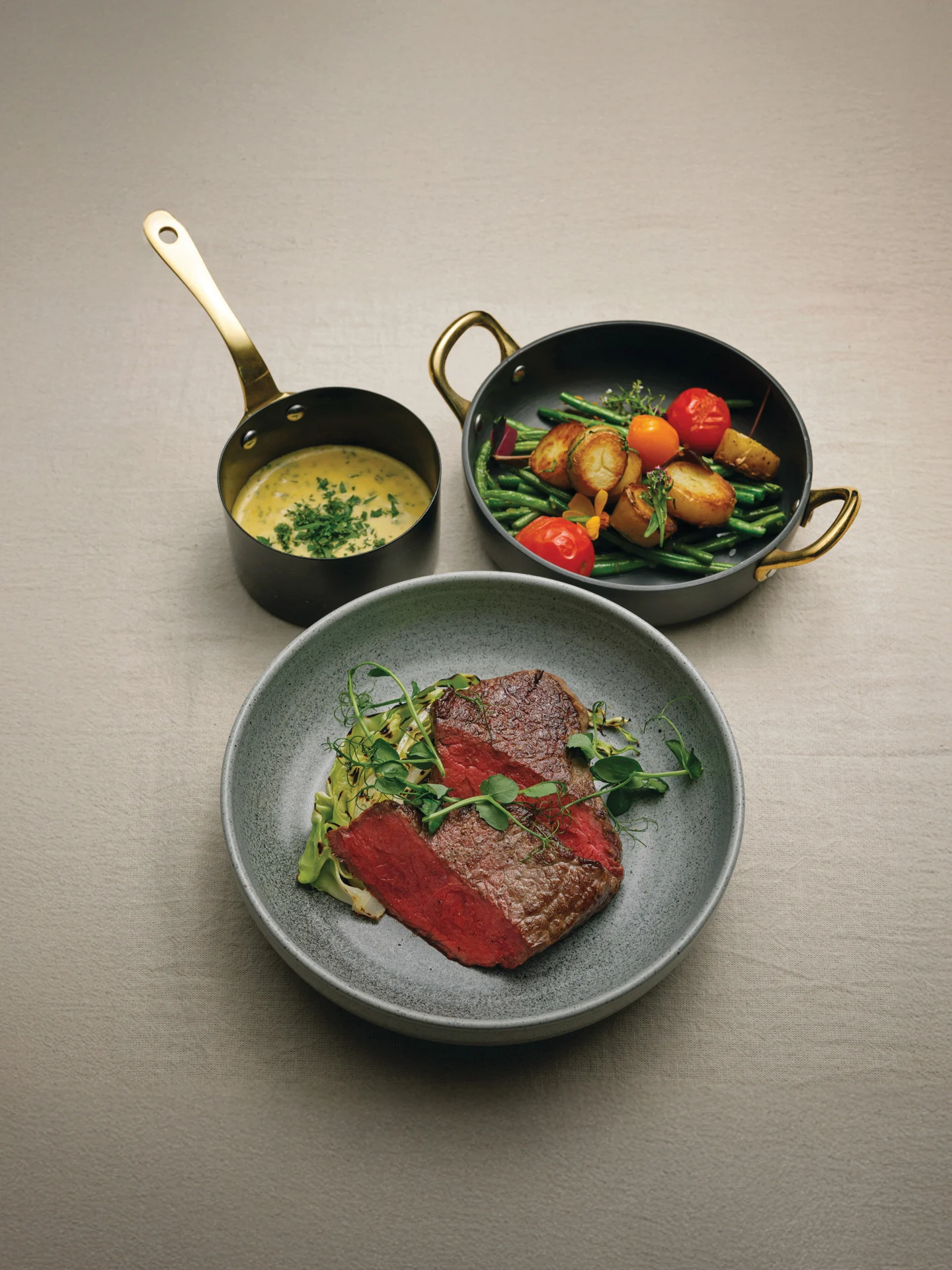
With fresh ingredients, local traditions and fjord-to-fork finesse, each dish and drink tells a story of Norway. Opt for Arctic fine dining in Røst, ever-changing buffets and à la carte in Flora, or hearty traditional dishes in Árran.
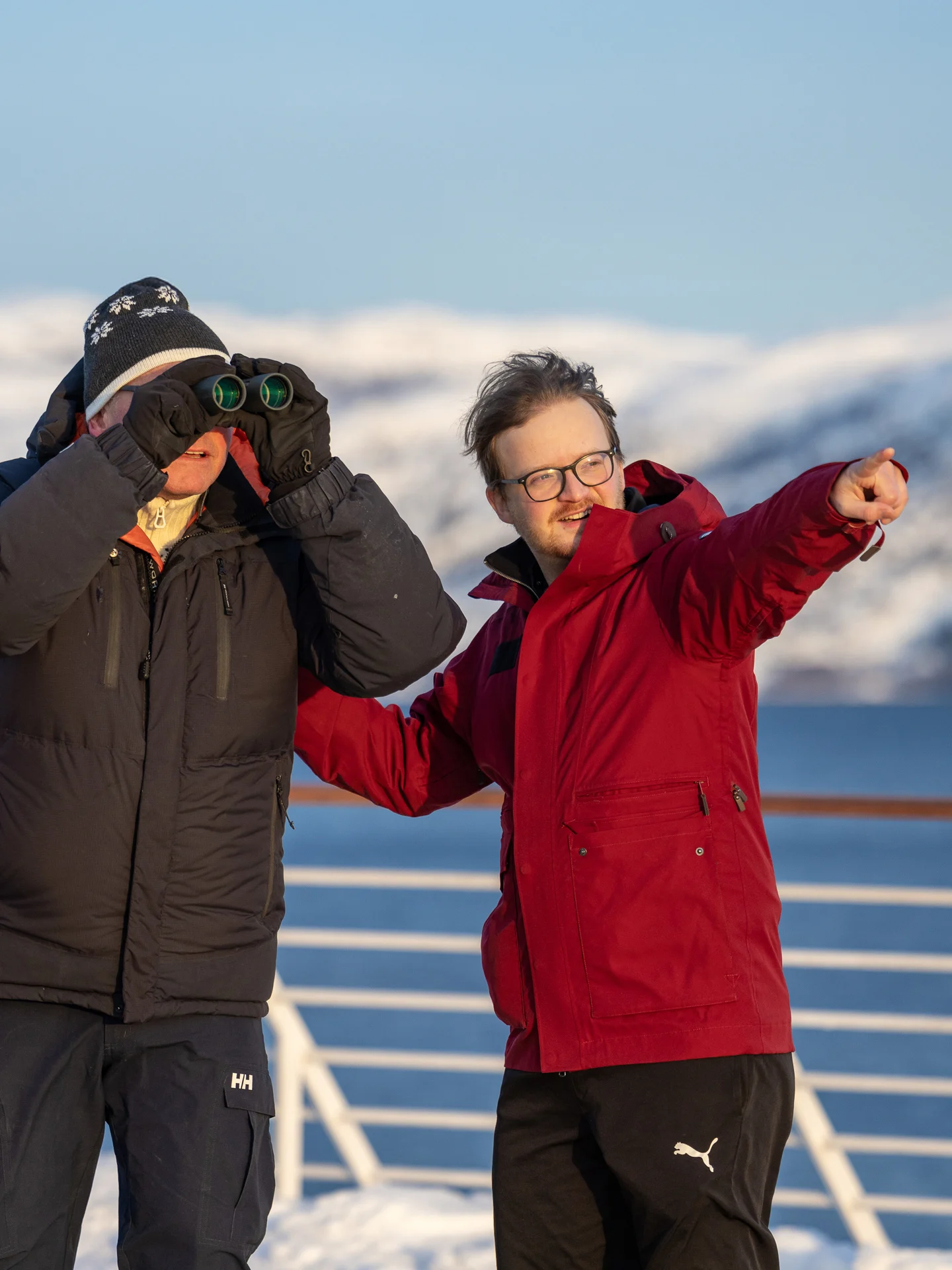
Our six-strong Signature Expedition Teams offer even deeper knowledge and more personal guidance. Learn about the places you visit in a lecture, ask for excursion recommendations or join a guided hike.
Signature voyages embody the essence of everything we’ve learned from sailing Norway and Svalbard for generations. Unhurried and deeply meaningful, they immerse you in our most cherished places, lingering in handpicked ports where working harbours greet us as old friends and villages open their doors just for us.
On board our comfortable small ships there are no casinos or cabarets. Just expert-led talks, on-deck tastings and all-inclusive food and drink served with a story. This is what more than 130 years of sailing wisdom looks like today.
Flagship of our Signature voyages, MS Trollfjord takes its name from a small but spectacular fjord in the Vesterålen archipelago.
Flagship of our Signature voyages, MS Trollfjord takes its name from a small but spectacular fjord in the Vesterålen archipelago.
Facilities
3 restaurants
Fine dining
1893 Bar
Free Wi-Fi
Expedition Team
Panoramic lounge
Sauna and fitness room
Meeting rooms
Laundry room
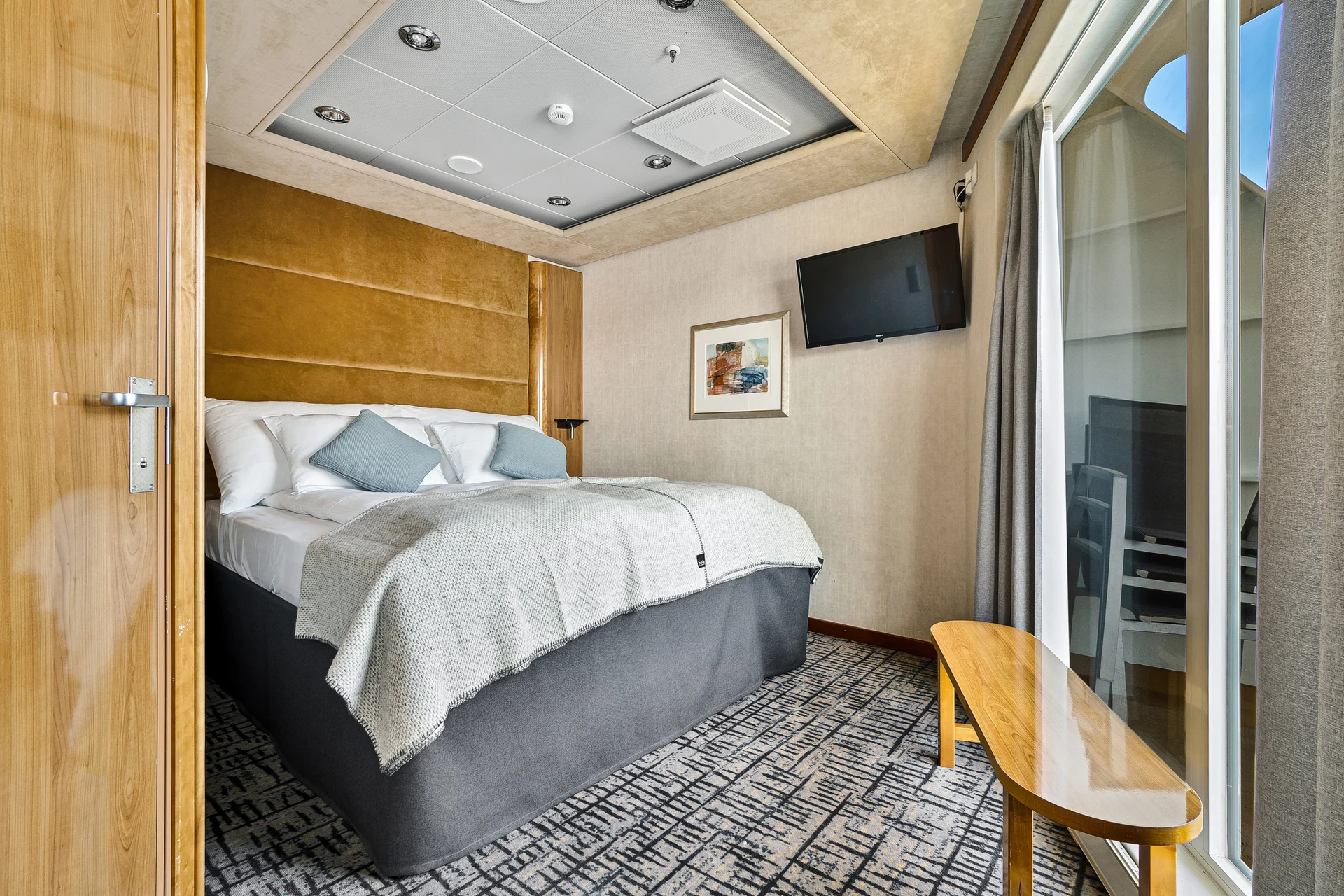
Expedition Suite
Owners' Suite on upper deck with balcony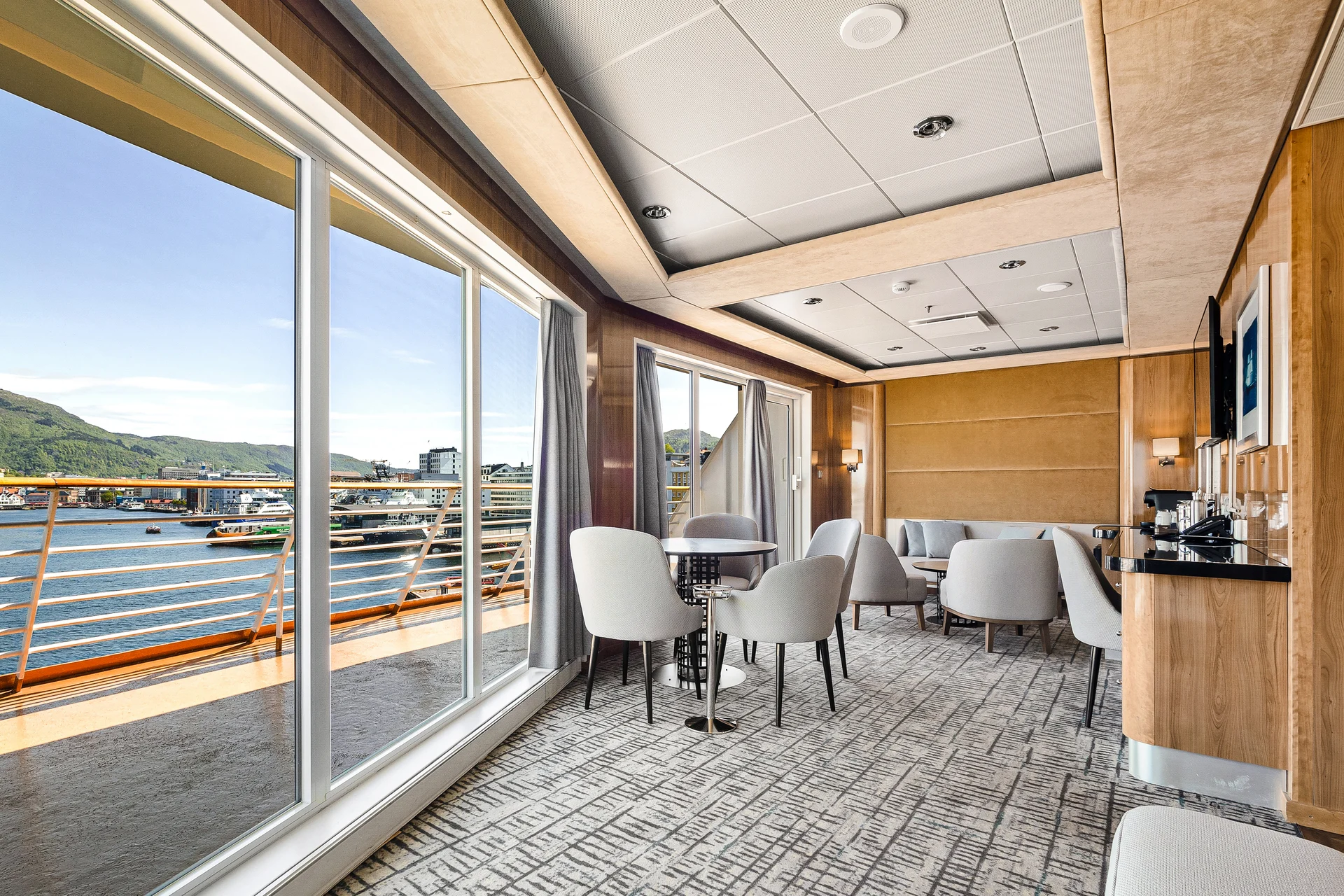
Expedition Suite
Owners' Suite on upper deck with balcony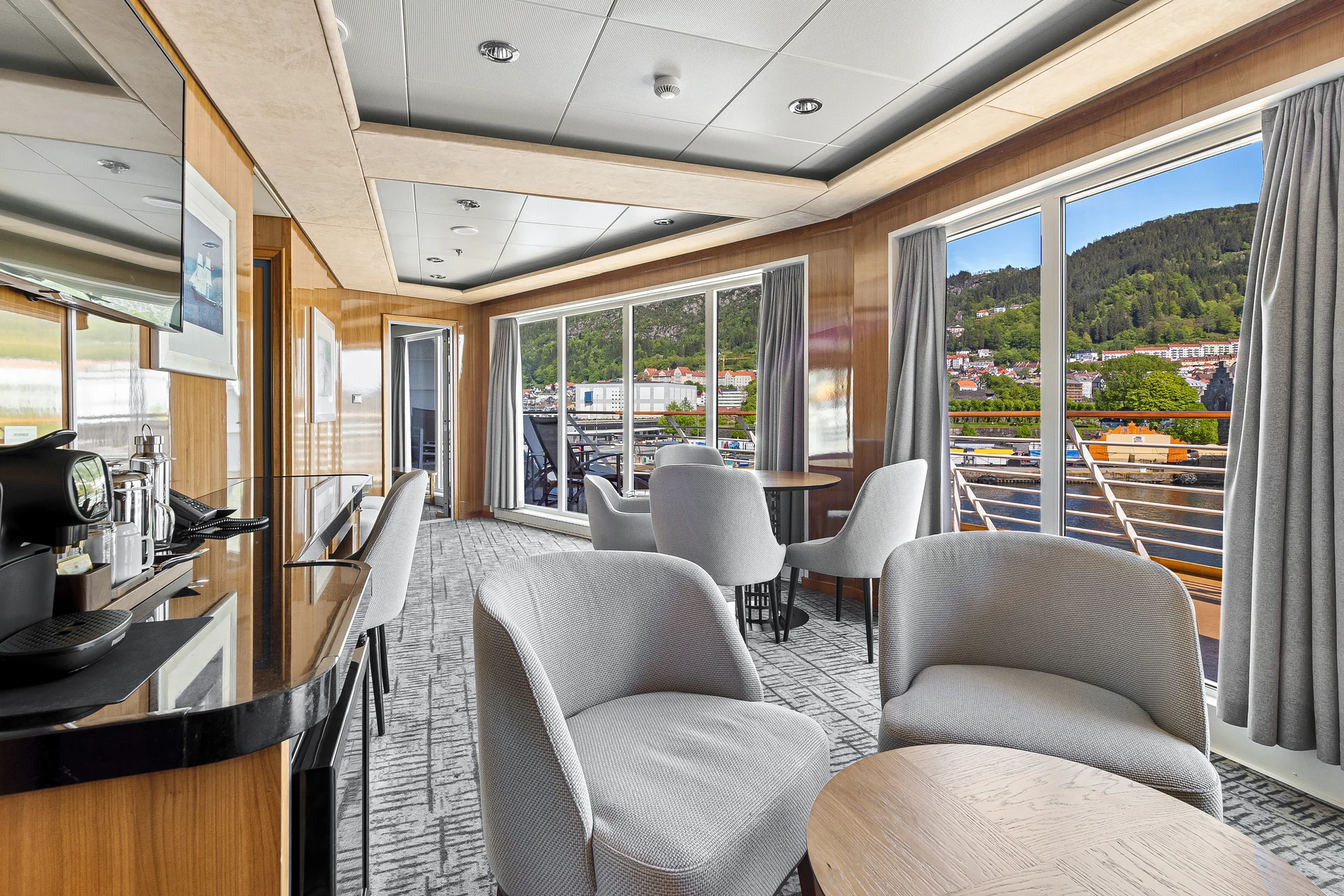
Expedition Suite
Owners' Suite on upper deck with balcony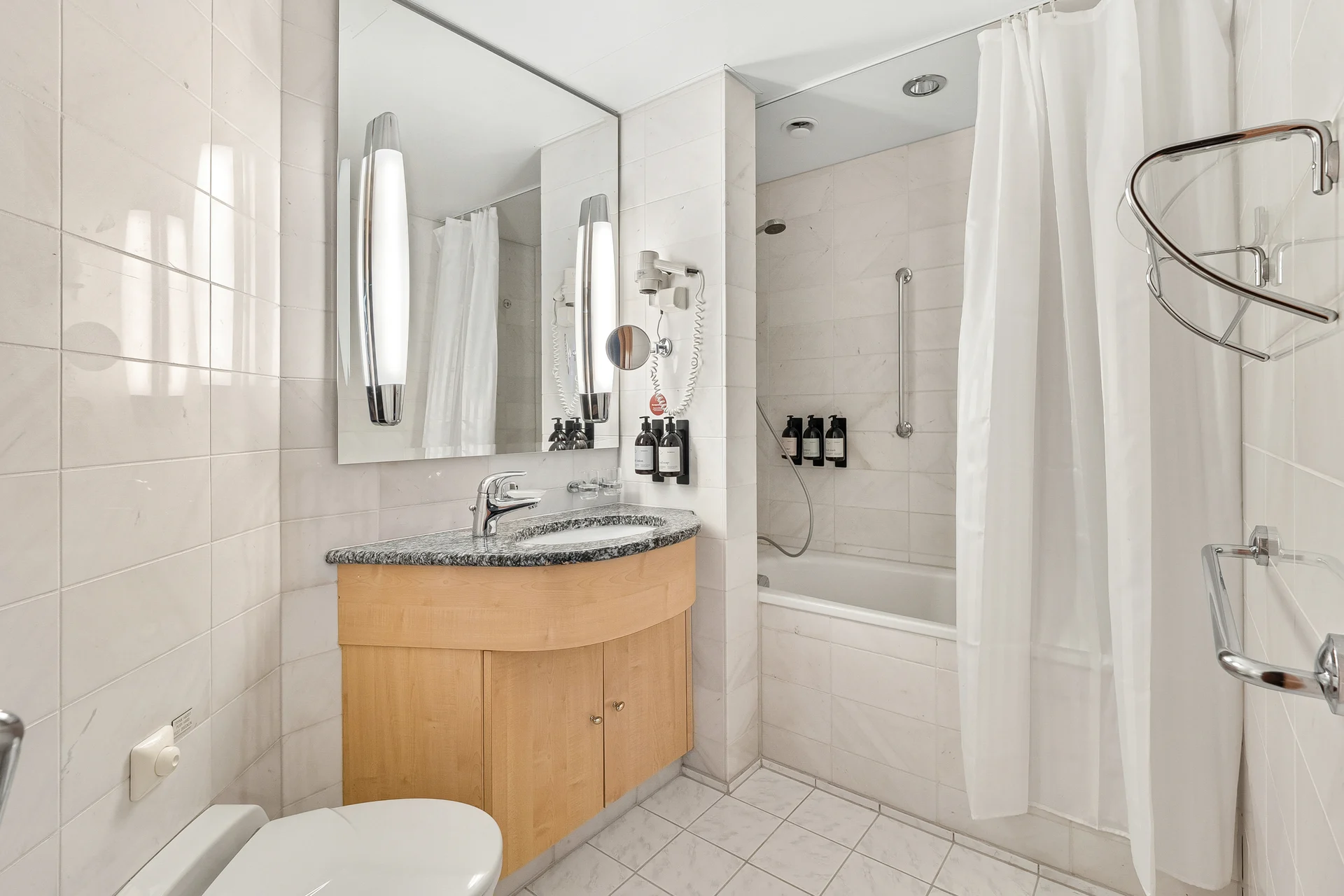
Expedition Suite
Owners' Suite on upper deck with balcony
Expedition Suite
Owners' Suite on upper deck with balcony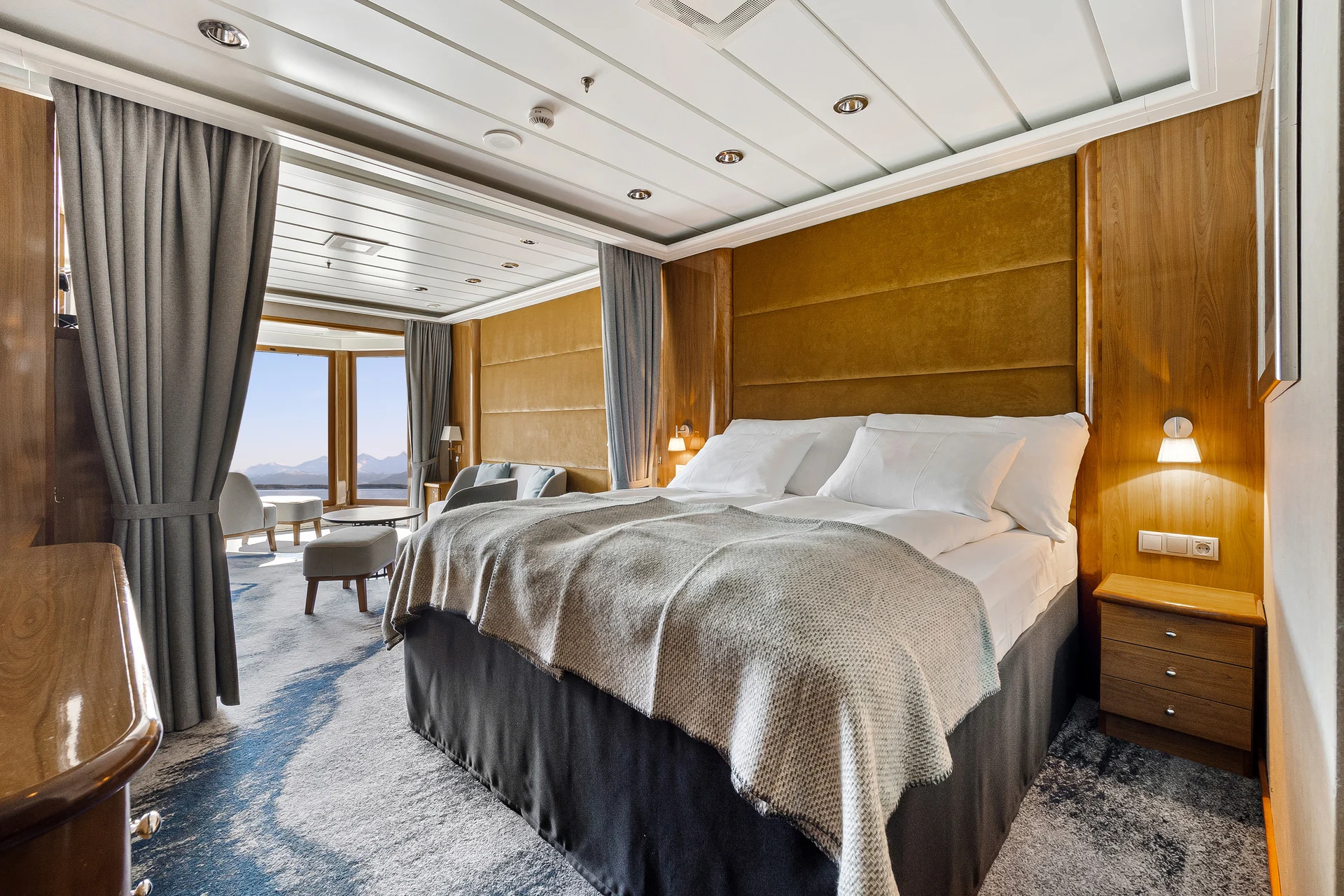
Expedition Suite
Grand Suite on middle or upper deck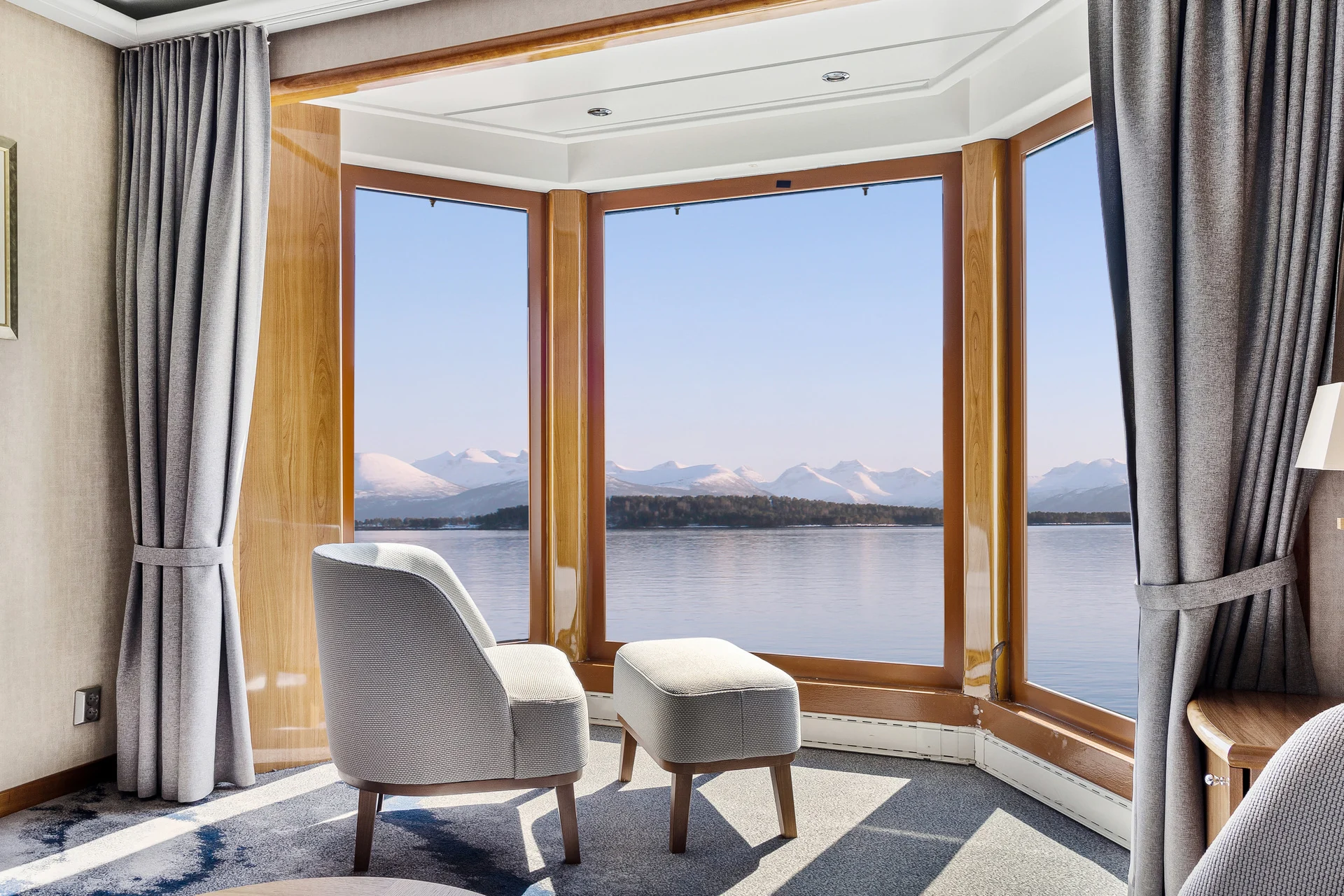
Expedition Suite
Grand Suite on middle or upper deck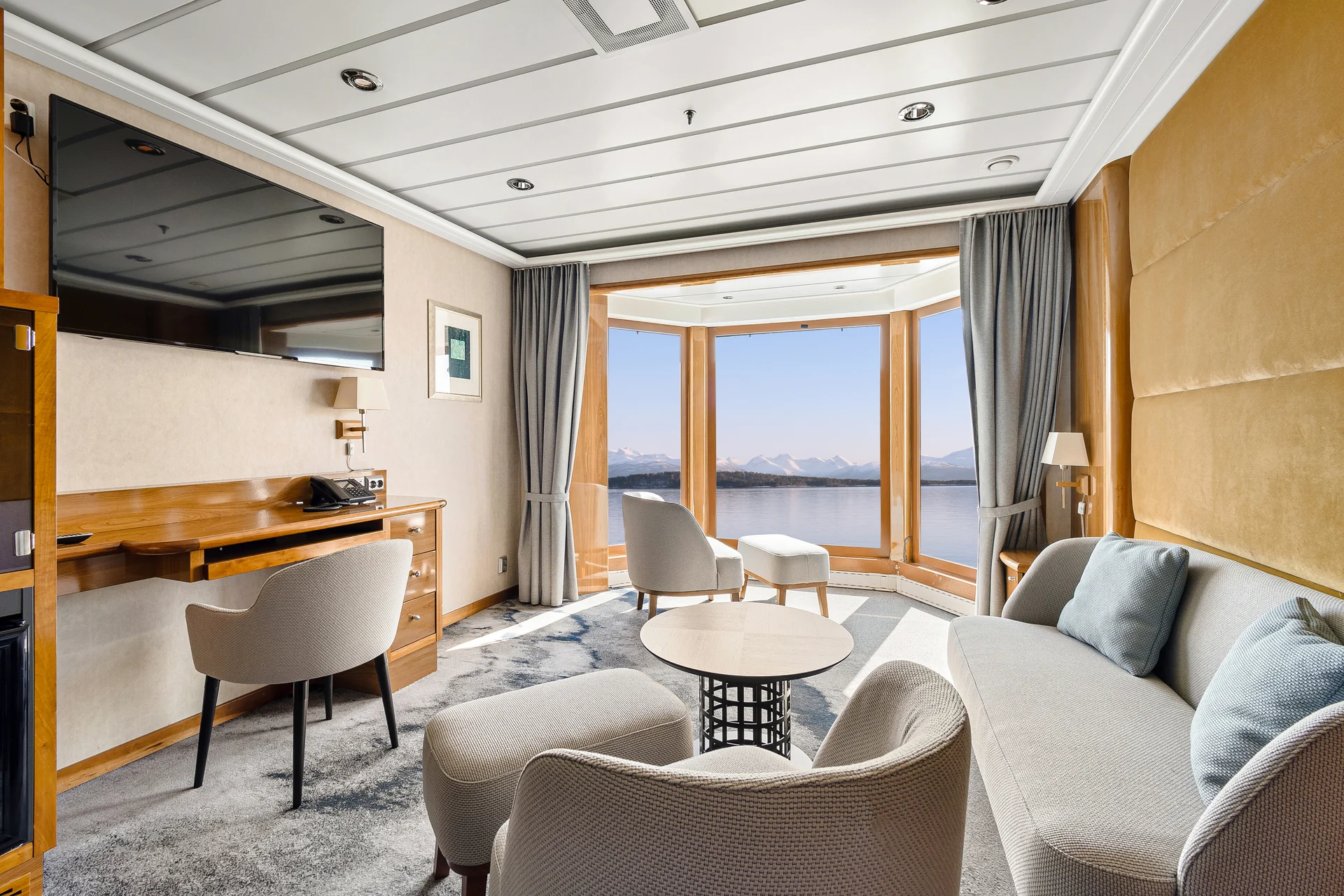
Expedition Suite
Grand Suite on middle or upper deck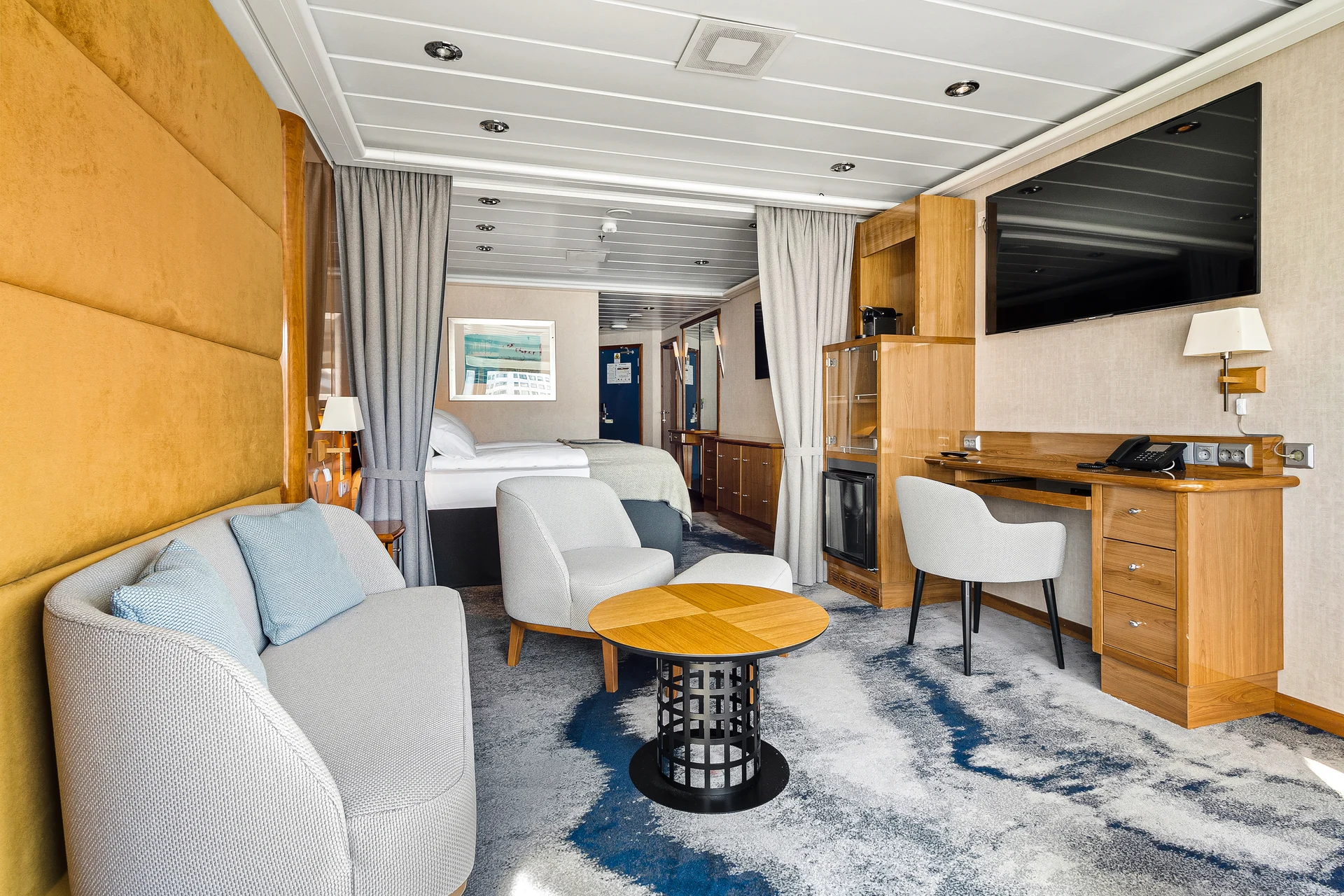
Expedition Suite
Grand Suite on middle or upper deck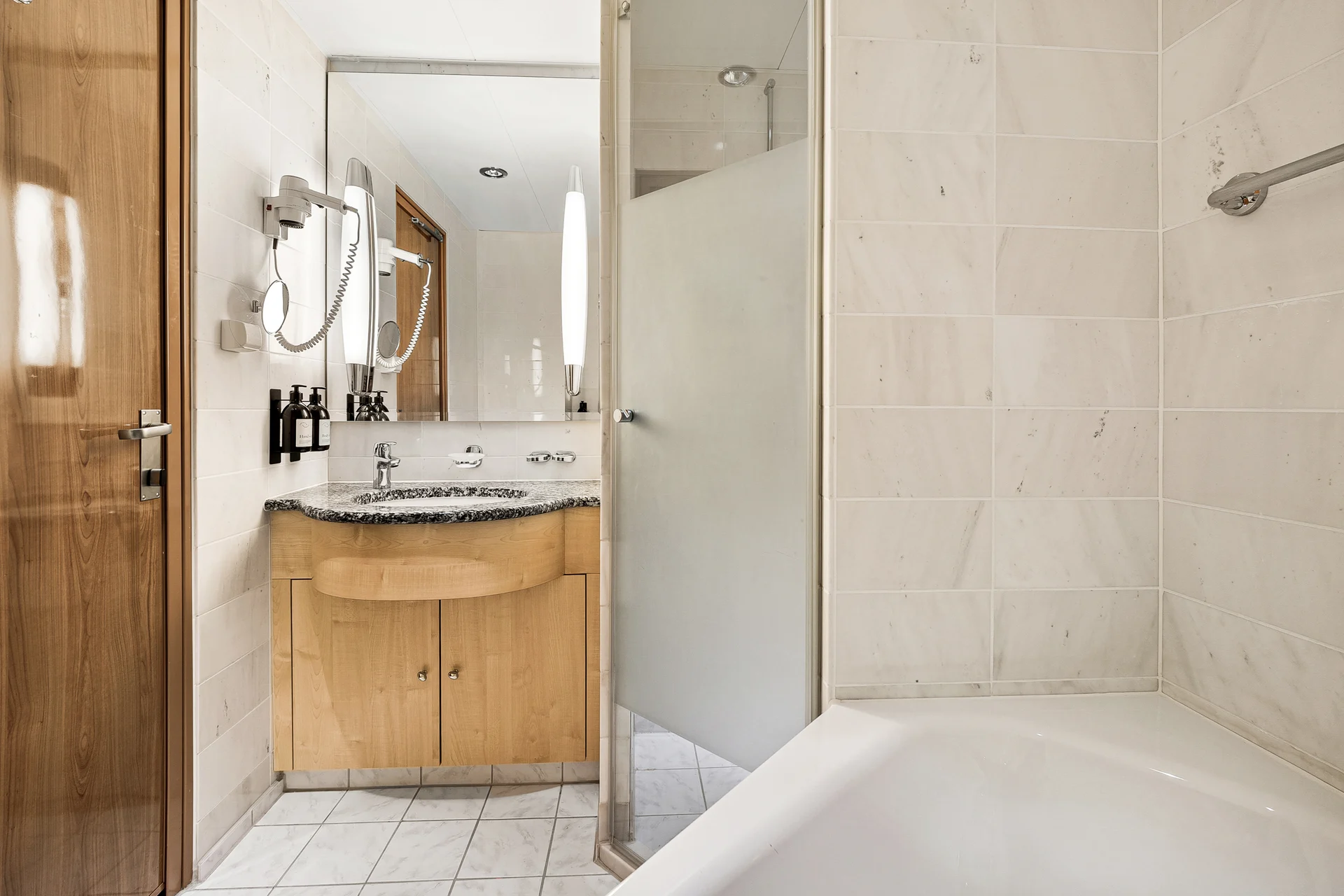
Expedition Suite
Grand Suite on middle or upper deck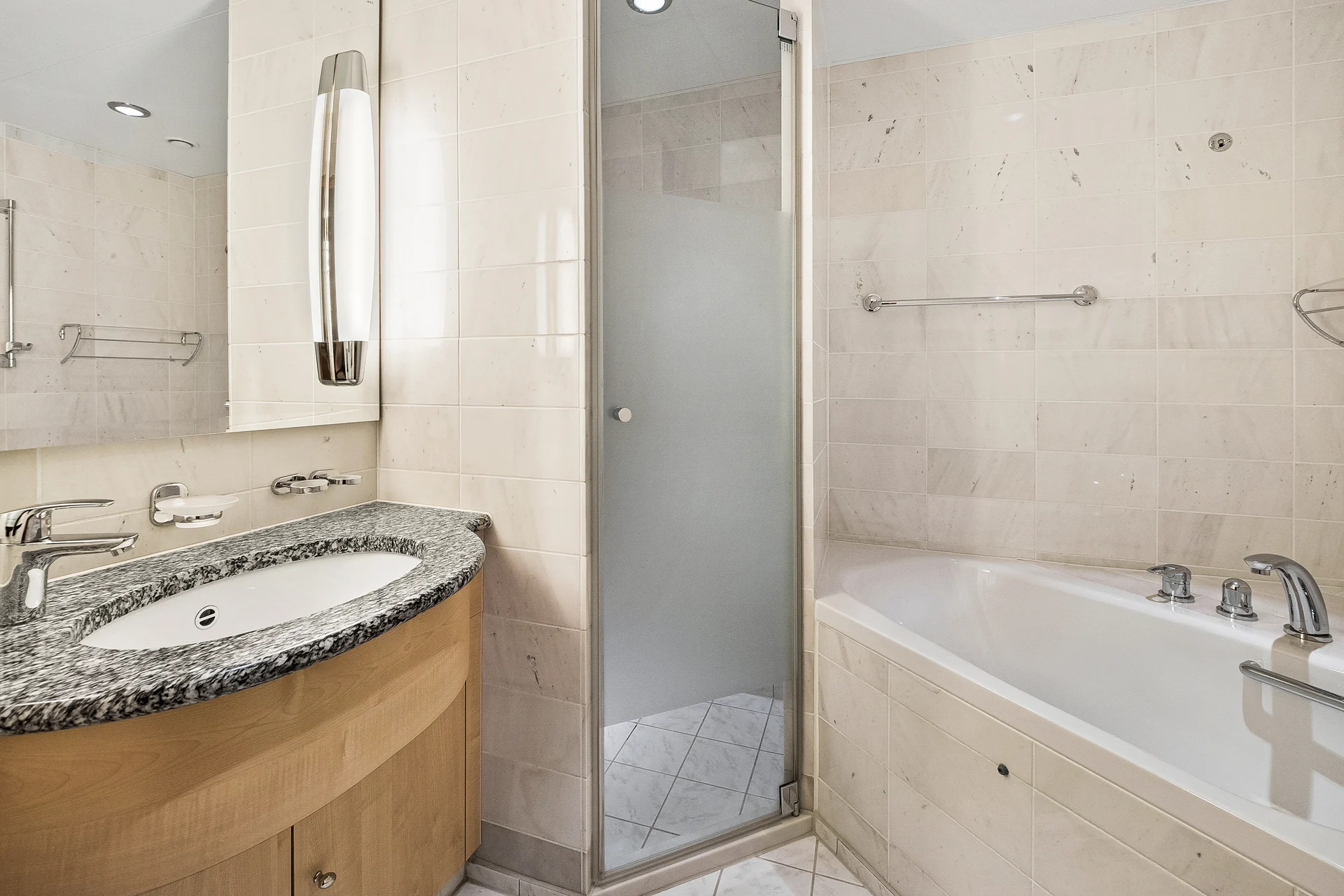
Expedition Suite
Grand Suite on middle or upper deck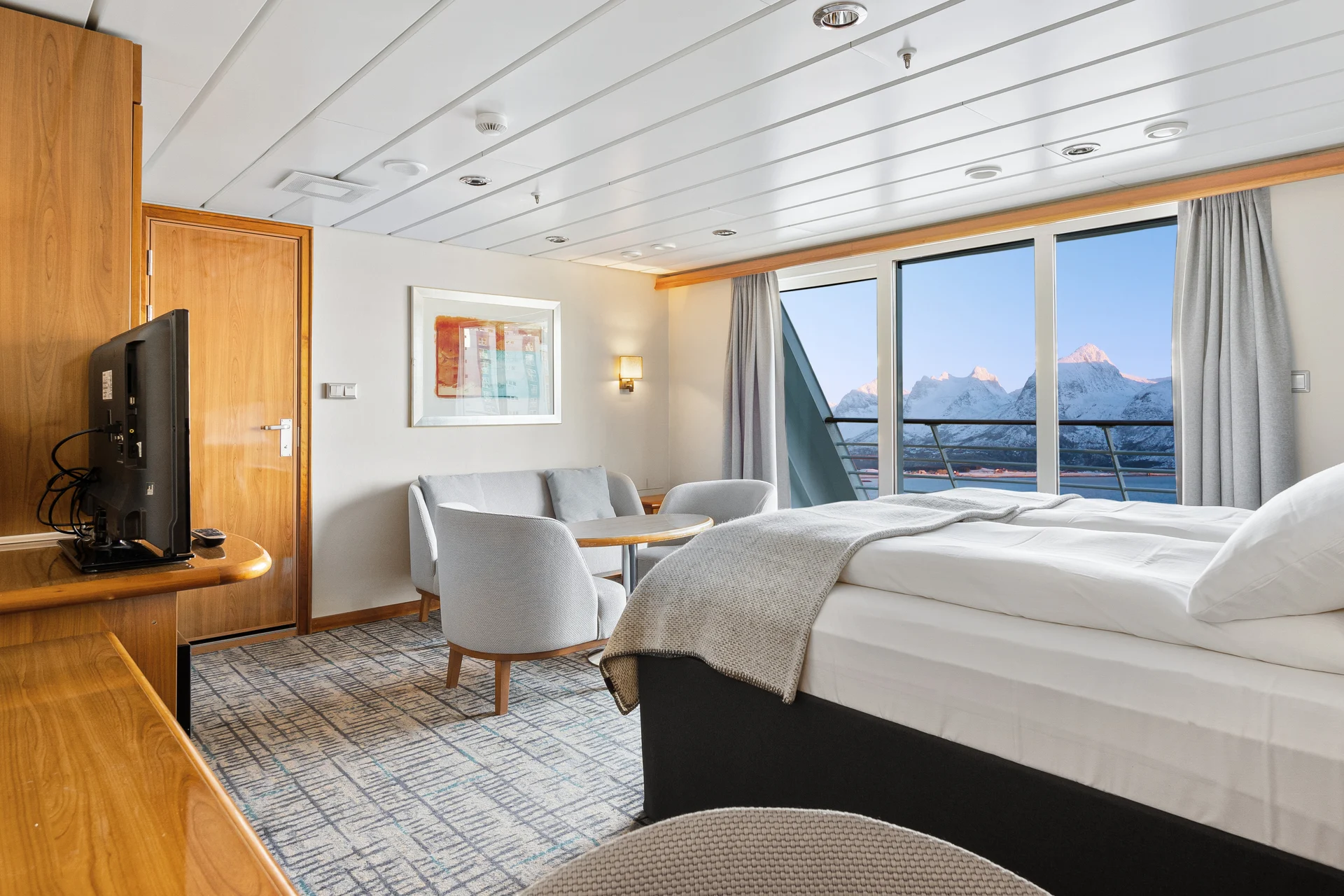
Expedition Suite
Suite on middle deck with balconyChoose these and many more when booking your voyage online, or take your time to decide and add them later in MyBooking.
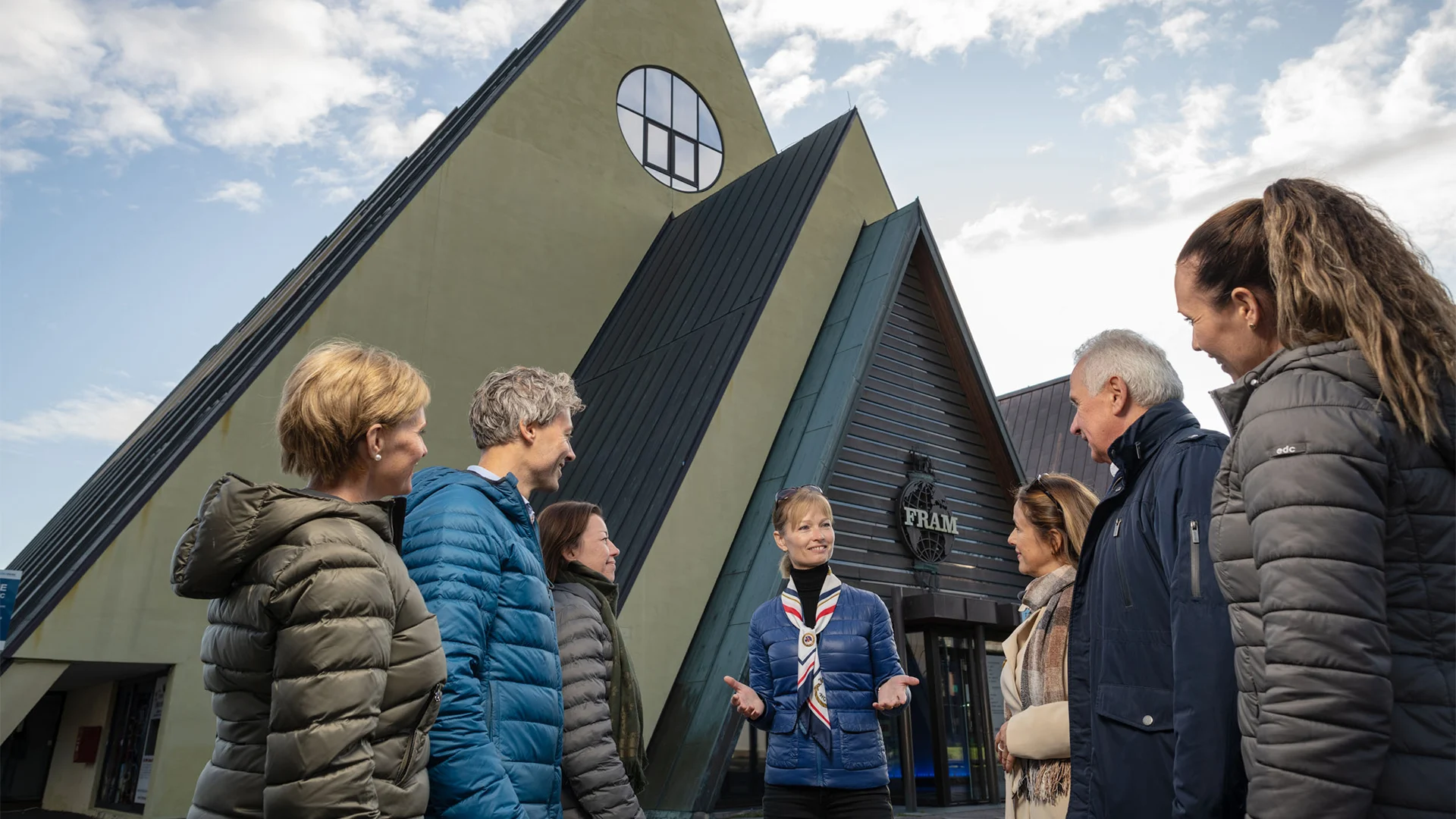
5h 30min
Read more
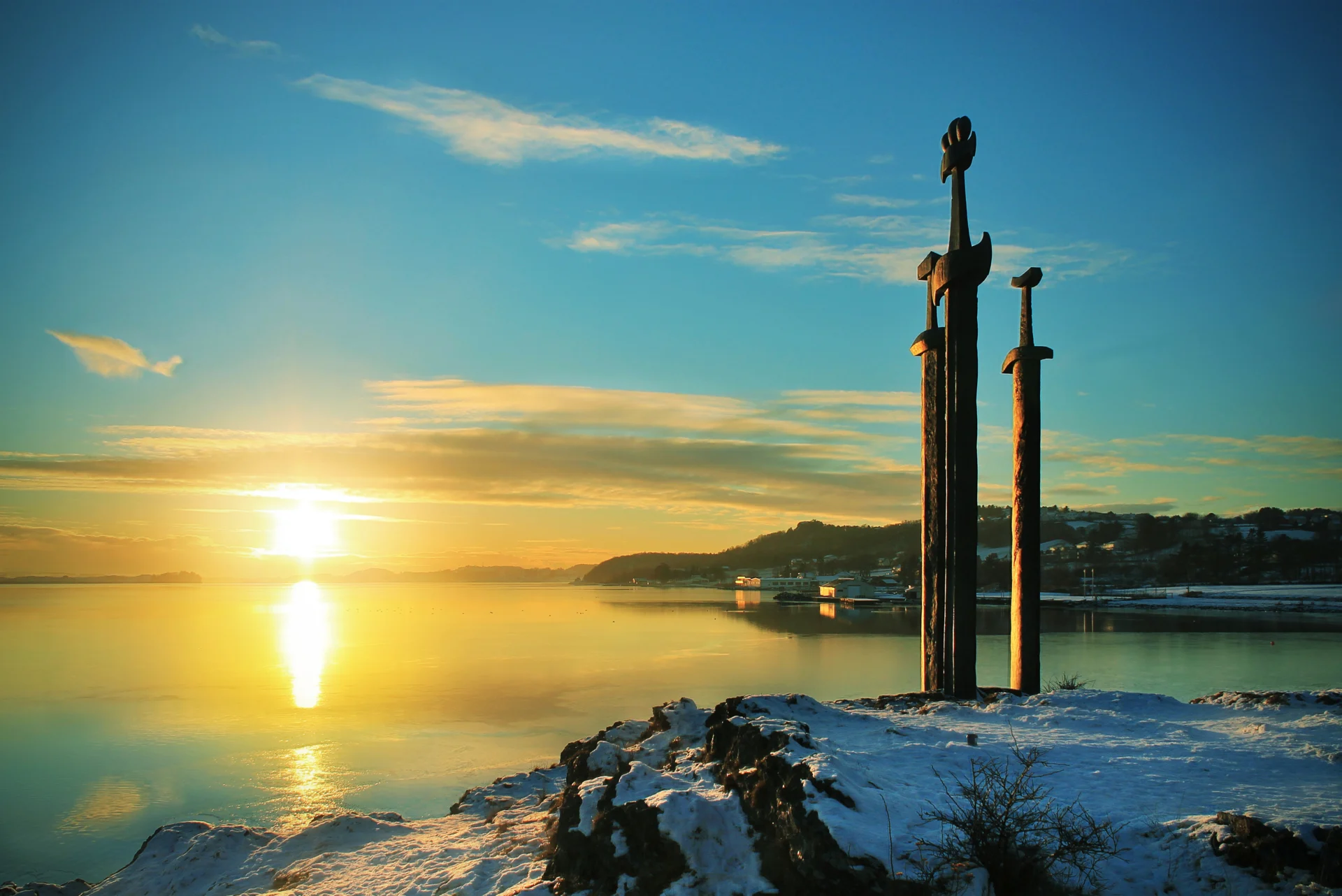
Stavanger 3h
Read more
Available
all seasons
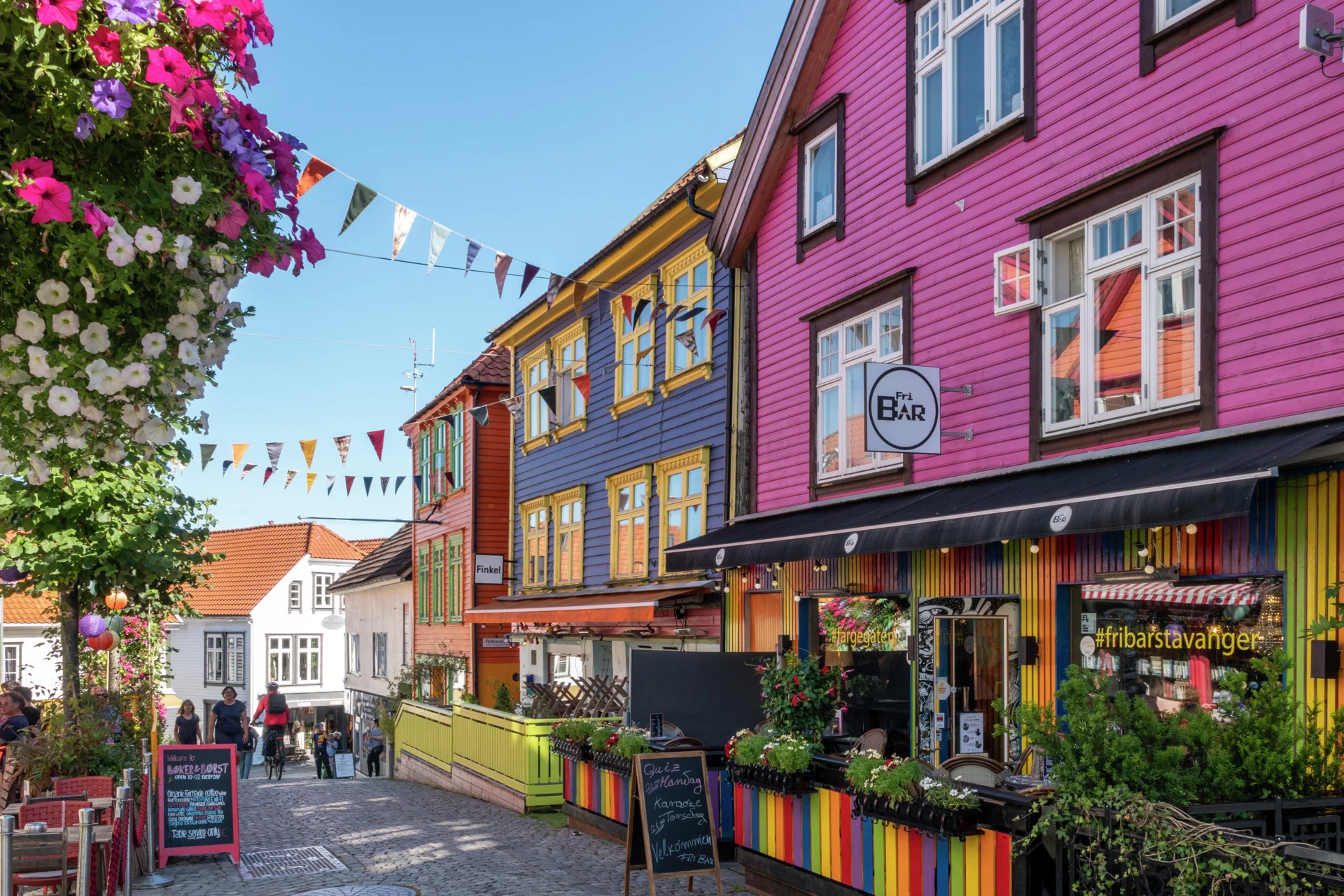
Stavanger 2h 30min
Read more
Available
all seasons
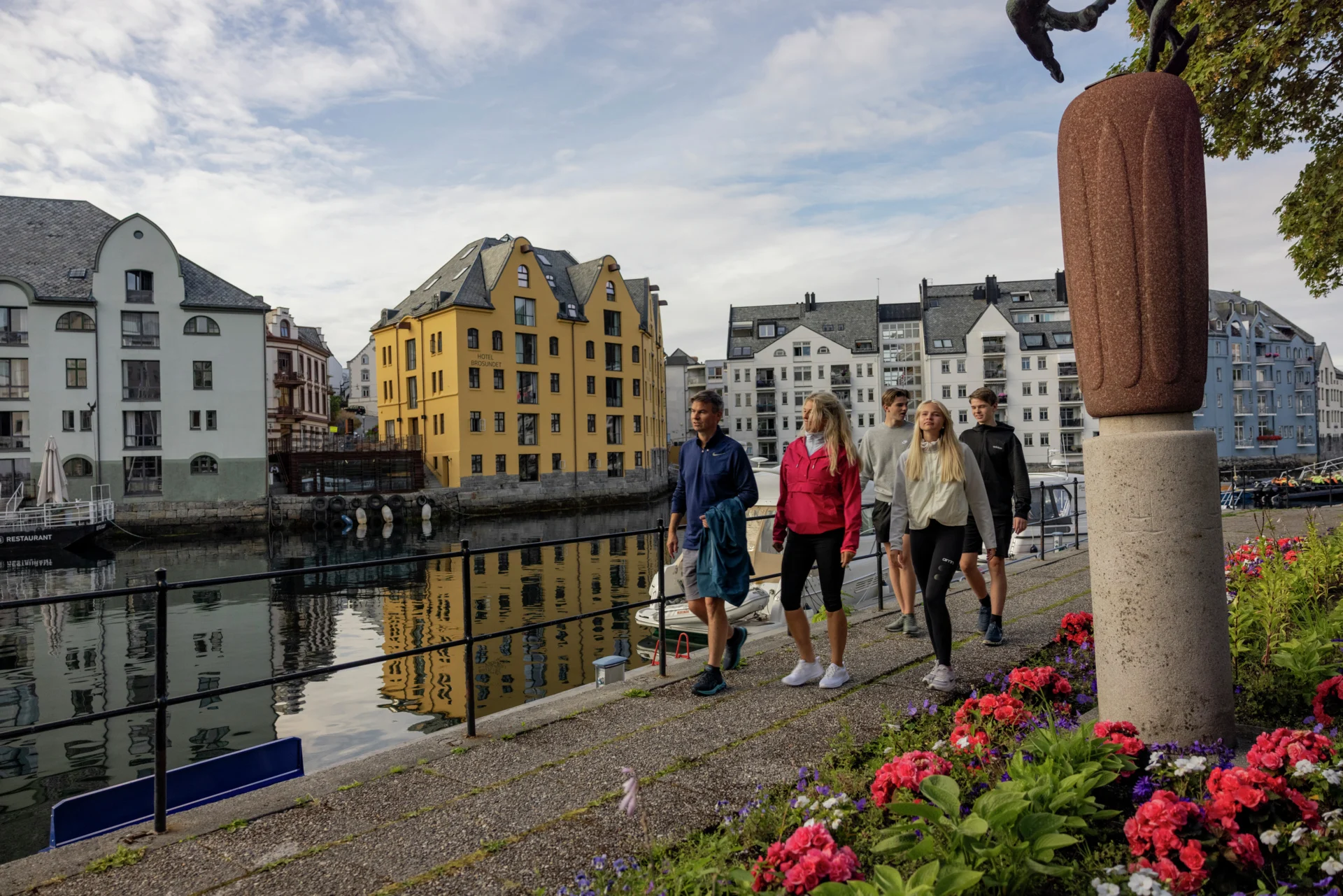
Ålesund 1h 30min
Read more
Available
Jun - Aug + Sep - Oct + Apr - May
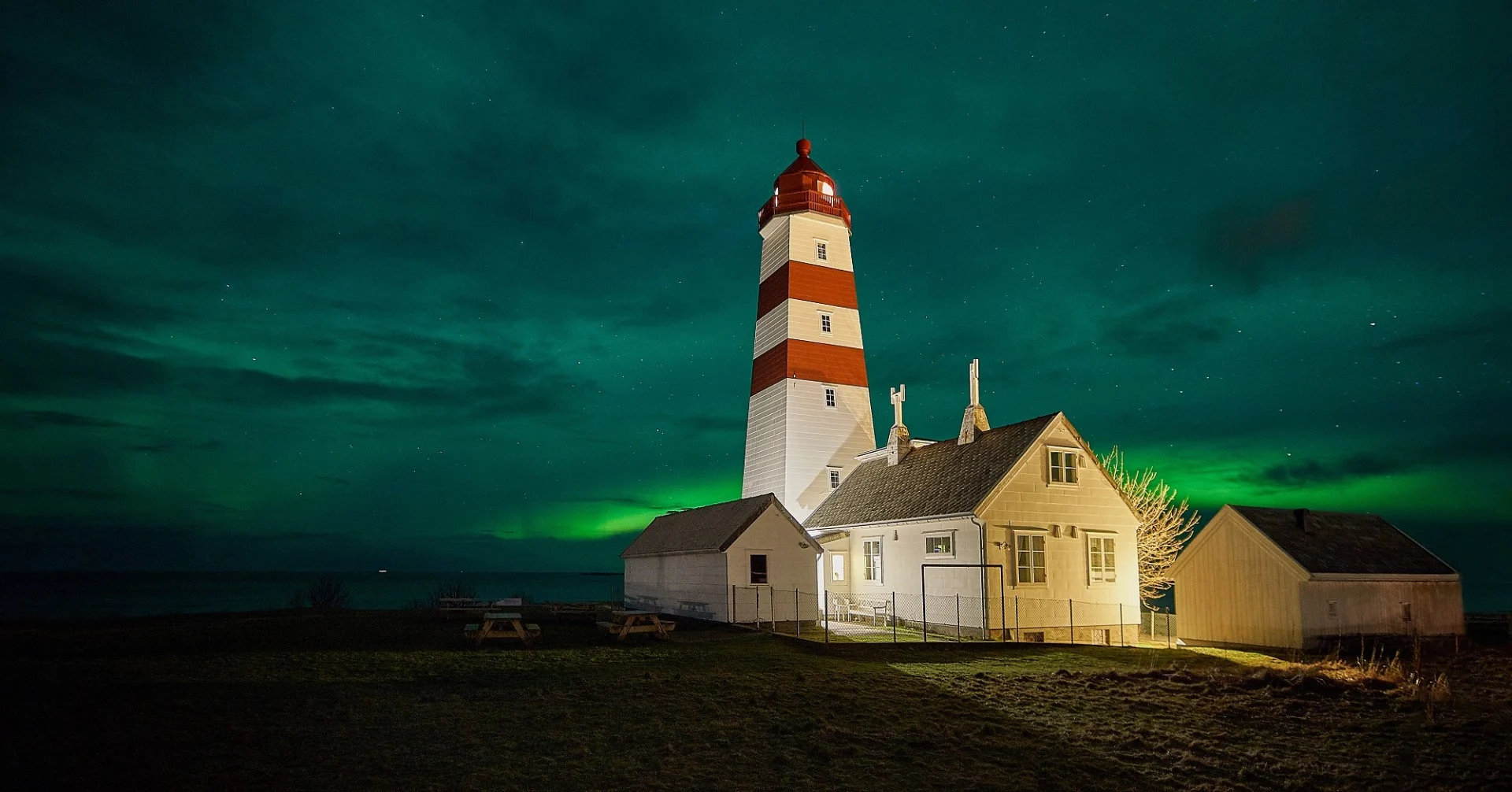
Ålesund 3h
Read more
Available
Apr - May + Sep - Oct + Nov - Mar
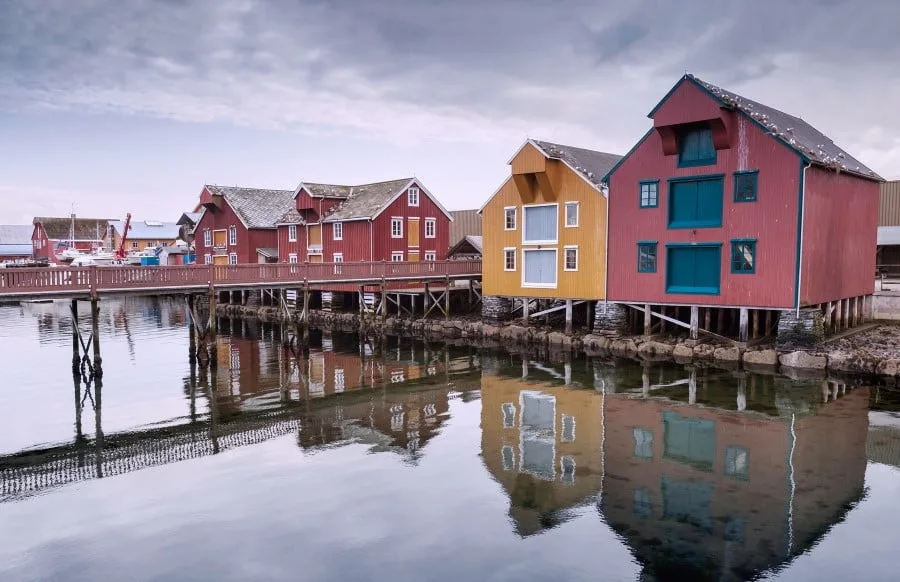
Rørvik 2h
Read more
Available
Apr - May + Jun - Aug + Sep - Oct

Rørvik 3h
Read more
Available
Apr - May + Nov - Mar
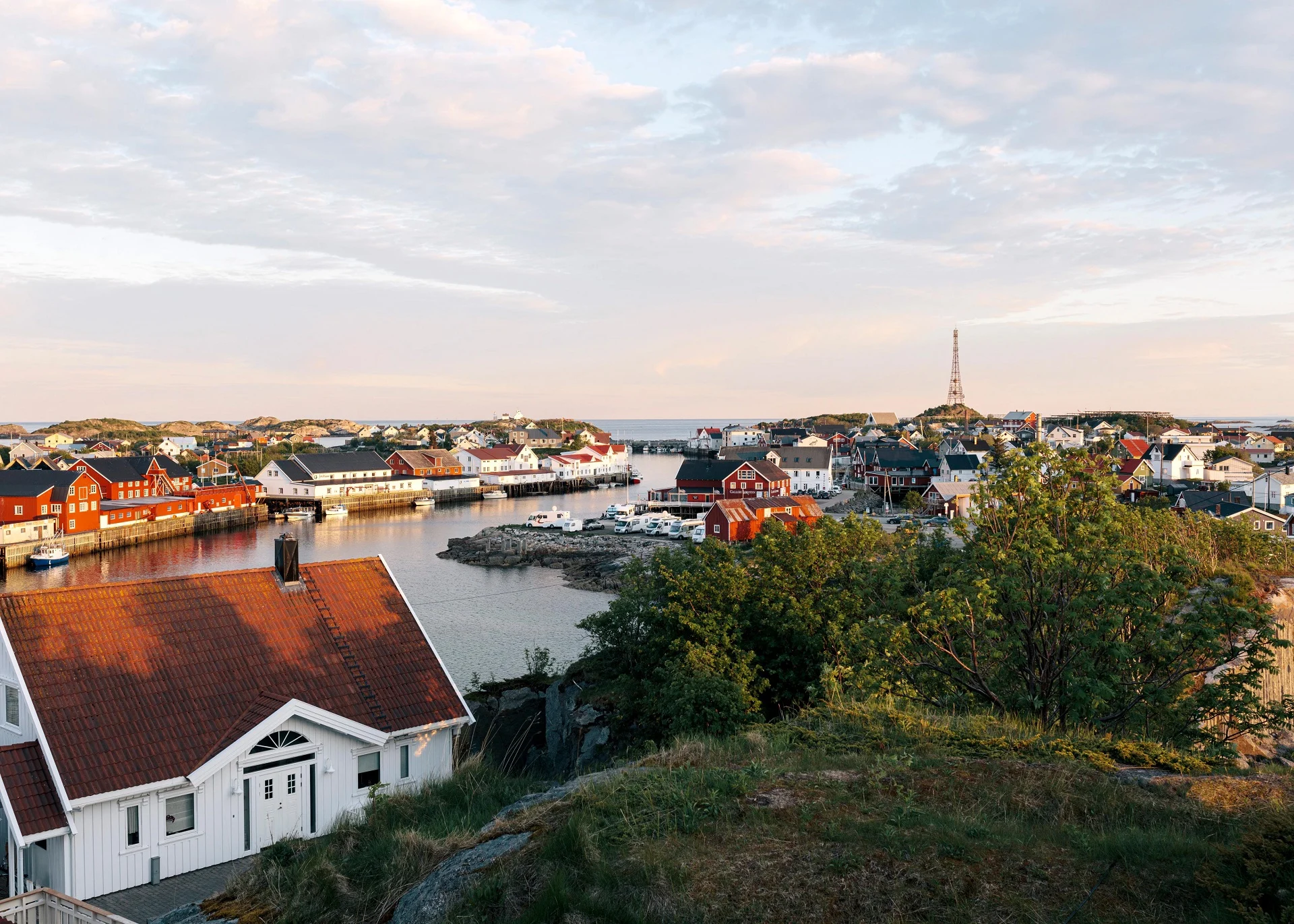
Svolvær 2h 30min
Read more
Available
Apr - May + Sep - Oct + Nov - Mar

Svolvær 2h 45min
Read more
Available
Apr - May + Sep - Oct + Nov - Mar

Tromsø 3h 30min
Read more
Available
all seasons

Tromsø 3h
Read more
Available
Apr - May + Jun - Aug + Sep - Oct

Honningsvåg 3h
Read more
Available
all seasons
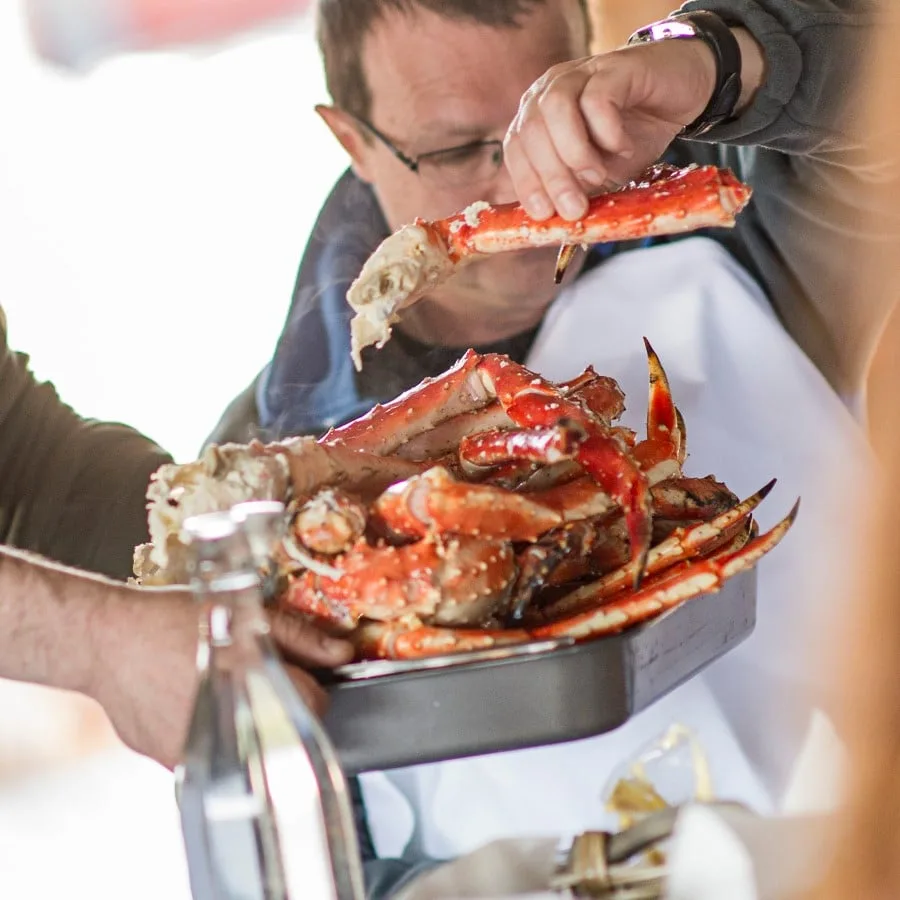
Honningsvåg 6h 30min
Read more
Available
Apr - May + Sep - Oct + Nov - Mar
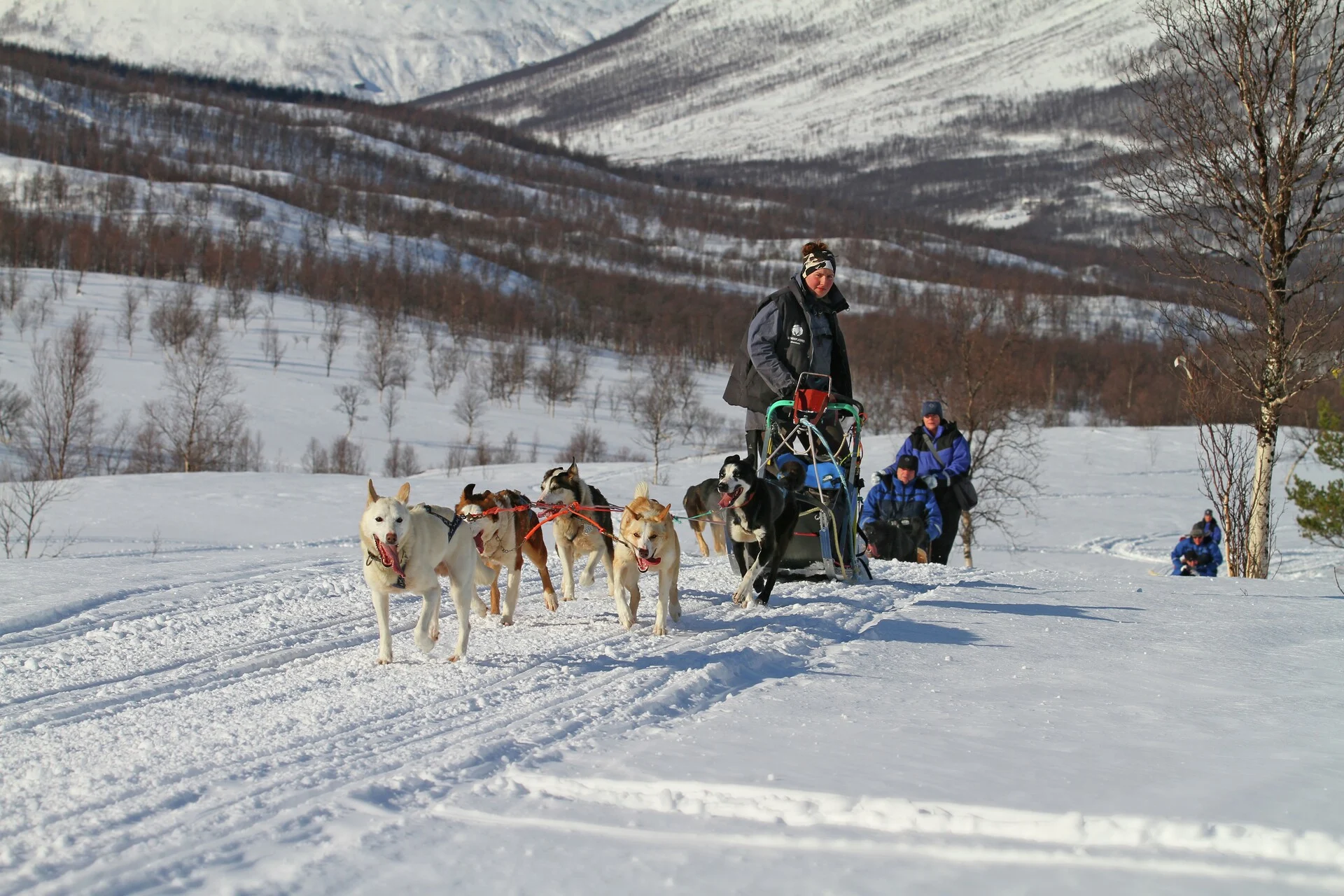
Alta 2h 30min
Read more
Available
Nov - Mar
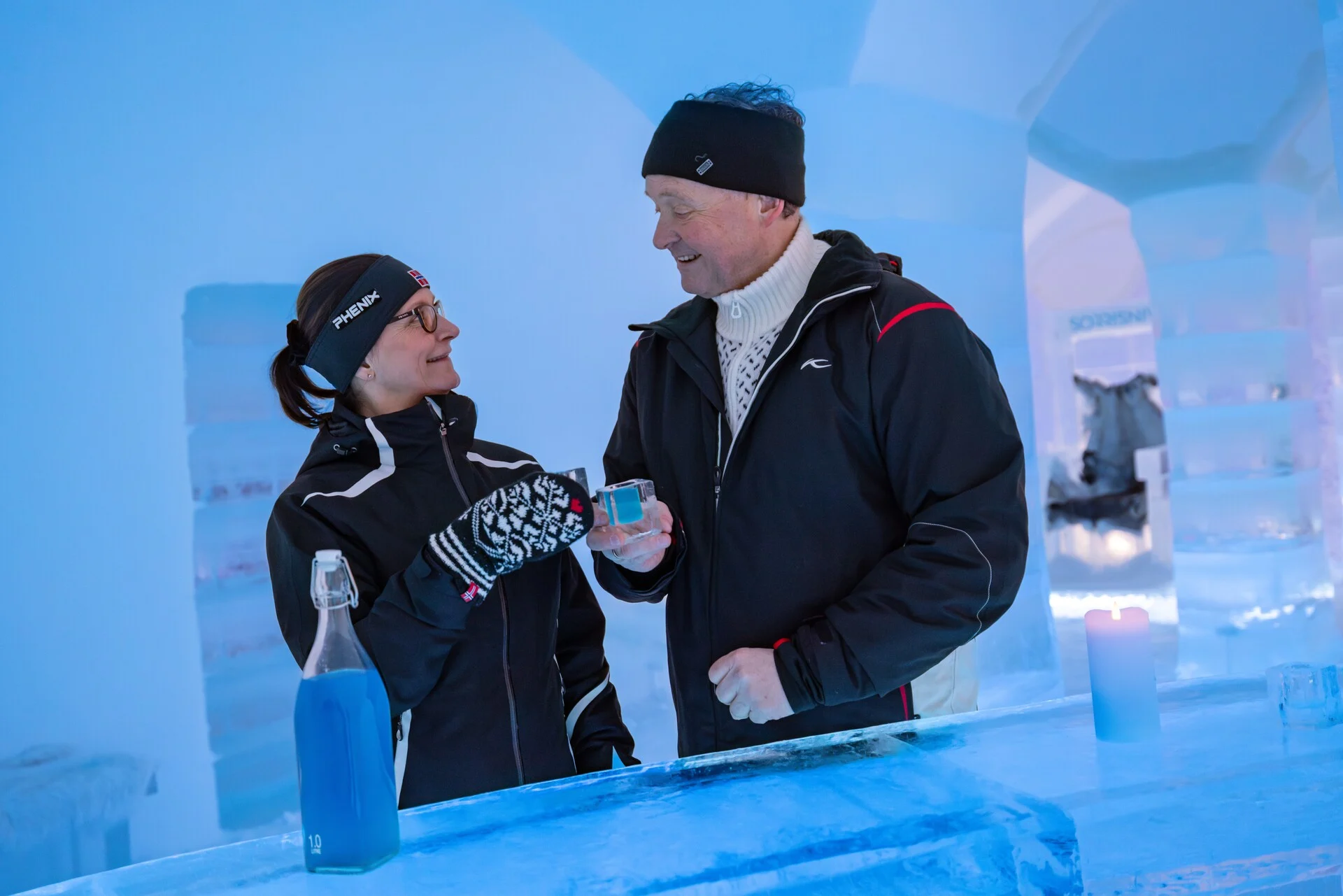
Alta 2h 30min
Read more
Available
Nov - Mar

Narvik
Read more

Narvik 3h 30min
Read more
Available
Nov - Mar + Apr - May
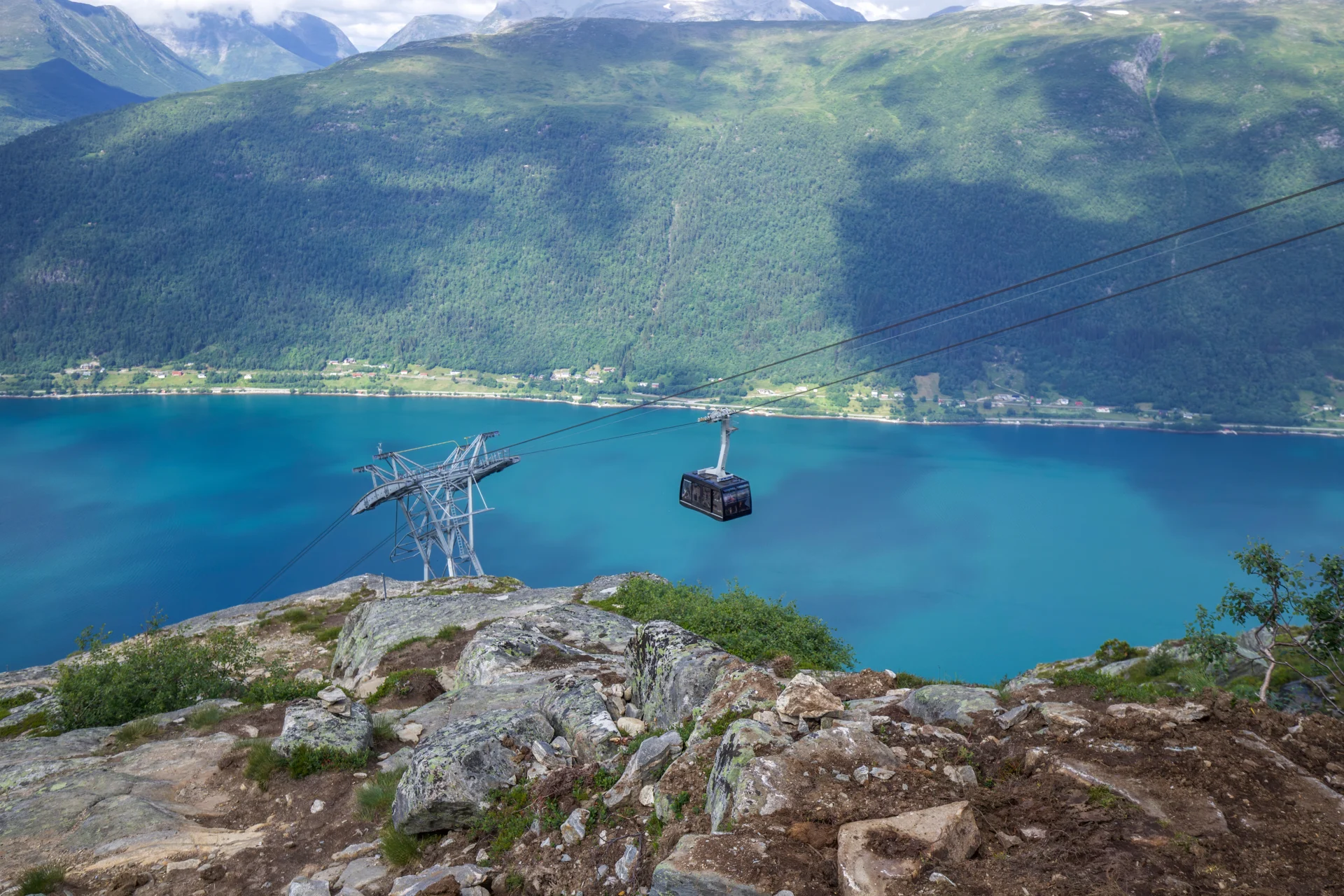
Åndalsnes 2h 30min
Read more
Available
all seasons

Åndalsnes 2h 40min
Read more
Available
Sep - Oct + Nov - Mar + Apr - May
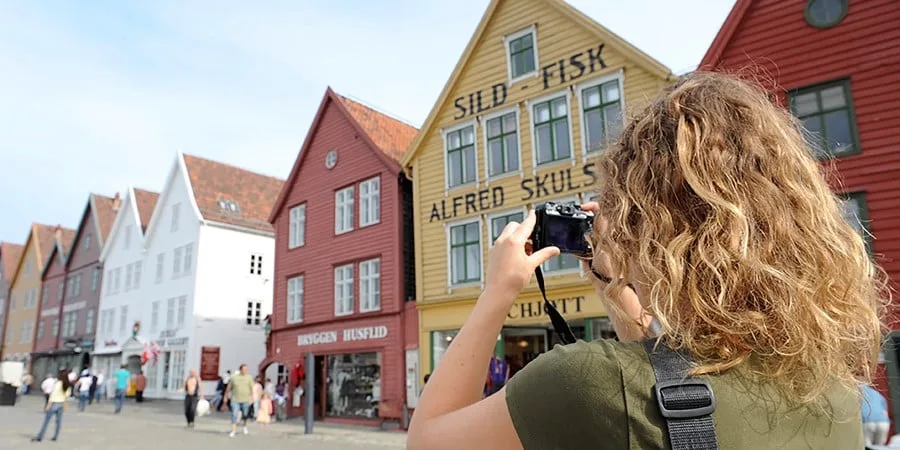
Bergen 2h 30min
Read more
Available
all seasons

Season: 01.04.2025 – 15.04.2026
(Except 24.-31.12.2025)
Daily at 10:00 (meeting time at least 15min prior, 09:30-09:45)
Min: 2 persons
Included: A 5,5 hour Sightseeing Tour including the City center, Holmenkollen Ski Jump (outside view) and approximately 30 min free time, The Vigeland Sculpture Park (approximately 45-50 min guided walk), The Fram Museum and The Norwegian Museum of Cultural History (or to Kon-Tiki Museum on Mondays in October-April & selected dates), certified English-speaking Oslo guide.
Remark: This tour is not exclusive to Hurtigruten guests. If the minimum number of participants is not reached, we reserve the right to cancel the trip until six weeks before departure
Wheelchairs: This tour is not suitable for guests with limited mobility. Coaches are not wheelchair accessible, and the tour involves a fair amount of walking over uneven terrain and numerous steps, which may be difficult for guests with mobility impairments.
Start/end point: The bus stop located at Haakon VIIs gate (street) 1, next to the toy store “Sprell”. Look for a white coach reading "H.M.K. Class - Oslo Sightseeing" on the side.
Embark on this discovery tour and explore Oslo's “must see” attractions. Feel the cosy atmosphere of the city center, admire stunning views over Oslo fjord from Holmenkollen Ski Jump, get in touch with the art of the most prolific Norwegian sculptor as you stroll through Vigeland Park encompassing more than 200 sculptures in bronze, granite and wrought iron. Then, on Bygdøy Peninsula you will enhance your Oslo experience by visiting 2 unique museums: the polar ship Fram Museum and the Norwegian Folk Museum or Kon-Tiki Museum.

Walk in the footsteps of warriors at the interactive Viking House centre
Stand on the site of one of Norway’s most significant battlegrounds
Pay a visit to a mystical stone circle
Languages: English and German
Wheelchair accessible? No
Our first stop is the ground-breaking Viking House, a Virtual Reality experience that recreates the exciting world of the Vikings and explores their connection with Stavanger. Through a short VR film, you’ll learn more about King Harold and the seminal Battle of Hafrsfjord – one of the most dramatic and significant events in Norway’s history, and one that resulted in the country’s unification.
From here, we’ll make our way back to reality and visit the Swords in Rock monument, which commemorates the epic battle. Unveiled in 1983, the three 10-metre-high bronze swords symbolise peace, unity, and freedom.
Our final stop will be the mysterious Domsteinene, an ancient stone circle that has baffled archaeologists, historians, and locals for more than 250 years. Theories abound as to its origin – was it a sacrificial site used by the Vikings? Or does it tell a story of directions in the sky? Perhaps you will make a breakthrough discovery during your visit.

See Old Stavanger’s sights up close on a leisurely walking tour
Visit the city’s main attractions, including Valberg Tower and Fargegaten
Admire Northern Europe’s best-preserved collection of wooden houses
Languages: English and German
Included: Coffee/tea and a traditional Norwegian waffle
Wheelchair accessible? No
Discover the best of Stavanger with a walking tour of its old town in the company of a local guide. Located on the west side of the harbour, the area is made up of 173 wooden buildings from the turn of the 18th century – the best-preserved collection in Northern Europe. As we stroll among the cobbled streets, our guide will tell us more about Stavanger’s industrial history.
Moving towards the market square, we’ll pause to admire the 27-metre-high Valberg Tower, a late 19th-century construction that served as permanent lodging for the watchmen of Stavanger. Next, we’ll explore Fargegaten (colourful street), a pedestrianised stretch of pastel-hued shops, restaurants, and local businesses that make up one of Stavanger’s most photographed spots.
We’ll finish with a stop at a local café to enjoy a cup of tea or coffee, and a traditional Norwegian snack – hjertevafler (heart-shaped waffle).

Discover the town Ålesund and learn about its fascinating history
Stroll among its colourful streets and find out why the architecture here is so striking
Explore Brosundet harbour, where fishermen still sell their catch directly from their boats
One of the best ways to explore Ålesund is on foot, and this walking tour takes you close to the spires, turrets, and medieval-style ornaments that characterise the town.
One winter’s night in 1904, a fire raged through Ålesund, leaving 10,000 people homeless. Over the next three years, the entire town centre was rebuilt in the Art Nouveau style. Today, Ålesund is one of Norway’s most unique and beautiful towns.
We’ll stroll past colourful houses in the pedestrian zone and learn about Ålesund’s strong maritime traditions as we visit Brosundet – fishermen sell their catch directly from their boats in this pretty-as-a-picture harbour.
Excursion is subject to a minimum number of participants.

Explore the islands of Giske and Godøy, each with their own stories to tell
Visit a lighthouse and at 12th century marble church
Enjoy a sightseeing tour of Ålesund, with its unique Art Nouveau architecture
Included: A drink and cake
Drive over soaring bridges and through subsea tunnels as we visit two of the main islands in the seas surrounding Ålesund.
Our first stop is the saga island of Giske, the birthplace of the Viking chieftain Rollo. In 911 CE, Rollo invaded and founded Normandy. As the great-great-great grandfather of William the Conqueror, he also effectively sired the House of Normandy, which ruled England until 1135 CE. We’ll visit the 12th century Giske Church, which was built of white marble for one of Norway’s most powerful families (outside only).
After, we’ll drive beneath the sea to the island of Godøy, and the pretty fishing village of Alnes. Here, we’ll visit the lighthouse and pause for some coffee or tea and cake. If the weather allows us to, don’t miss the opportunity to climb the stairs inside and get a fantastic view from the top.
After this, we’ll head back to Ålesund and discover some of its many charms. This compact and pretty city is famed for its Art Nouveau architecture, and we’ll investigate some of its highlights and unique features.

Take a guided tour into the history and heritage of Rørvik
Visit three unique museums: Kystmusset Norveg, Berggården, and Telemuseet
Gain a new perspective of aquaculture through an interactive exhibition on salmon farming
See archaeological artefacts and learn about the fascinating history of local shipwrecks
A guide will meet you on the pier before we begin our immersive town walk and museum tour.
Rørvik's history starts after the ice has melted from the Ice Age, when small settlements were established in the area. On our tour, we’ll visit the Stone Age, Bronze Age, Iron Age, Viking Age, Middle Ages, and more recent times.
Each time period has its own distinctive character, but all are united by an enduring maritime heritage. One interesting part of this tour is the story of Hurtigruten ship St. Svitun that was wrecked on Folla, the open stretch of sea right outside of Rørvik.
We’ll first visit the Norveg Coastal Museum, which resembles the famous Sydney Opera House in how it draws architectural inspiration from the waves of the sea. We’ll explore the new aquaculture exhibition, which offers insights into the incredible story of modern-day Norwegian salmon production, and perhaps even a glimpse into its future.
We’ll then make our way to Berggården where you’ll see a shop display from 1888 and walk in historic living rooms from 1878. Our final stop is Telemuseet, which exhibits telephone sets through the ages, along with other historic technology. Here, you’ll learn about Rørvik Coast Radio Station which used to be a vital source of information for the locals.
Rørvik’s history starts after the ice has melted from the Ice Age, when small settlements were established in the area. On our tour, we’ll visit the Stone Age, Bronze Age, Iron Age, Viking Age, and Middle Ages, as well as more recent times.
Each era has its own distinctive character, but all are united by an enduring maritime heritage. One particularly interesting part of the tour is the story of St. Svitun, a Hurtigruten ship that was wrecked on Folla, the open stretch of sea right outside of Rørvik.
Excursion is subject to a minimum number of participants.

Enjoy a boat tour to this remote privately owned island
Embark on a guided visit of medieval Nærøykirka, once the heart of community life
Immerse yourself in the local history through thousands of years with the help of an expert guide
Get acquainted with some of the myths and legends of the island
Language: English.
Included: Boat transfer, entry to church, plus mineral water, coffee, and a light snack.
Clothing: Wear comfortable waterproof shoes and clothes suitable for the weather on the day. In winter, it can be slippery in places, and it may be necessary to use spikes.
Walking information: It is a 3km roundtrip walk from the boat to the church.
Wheelchair accessible: No.
Your guide will be waiting for you as you step off the ship. Dressed in a Viking costume, they will take you to the Coastal Museum of Norveg, from where it’s a 15-minute boat ride to the island. Named after the Norse sea god Njord, Nærøya was a powerful centre even in pre-Christian times and is often mentioned in the Icelandic sagas.
As Norway was Christianised, Nærøya continued to hold its position as a religious, political, economic, and administrative epicentre of Ytre Namdal between the 12th and 17th centuries, with Nærøykirka serving as the region’s county church and the heart of social and religious life, drawing communities together.
On this tour you will be an authentic pioneer, visiting a privately own island where a family farms the land in the company of their sheep and dogs, by the shadows of a medieval church with its stories and ghosts of past times. You’ll enjoy a guided tour of the church itself, discovering traces of those who once built it, as well as making the short walk to the baptismal fountain – another site of importance on the island, full of magic and myths from ancient times.
Excursion is subject to a minimum number of participants.

Visit the charming fishing village of Henningsvær
Experience the art and culture of Lofoten
Explore Lofoten and learn fascinating local history
The tour starts in Lofoten's de facto capital, Svolvær. You’ll be able to admire Svolværgeita, the 150-metre stone pinnacle of the mountain Fløyfjellet that overlooks the town. Popular with mountain climbers, this iconic mountain peak is known for its goat-like appearance, with two horns protruding from the very top.
We’ll drive past Vågan church, the largest wooden church north of Trondheim, before making our way to the fishing village of Henningsvær. We’ll drive with the sea on one side and a steep mountainside on the other. Once we’re there, see world-class art galleries, including Gallery Lofoten, which has the world’s largest collection from the 20th century, the so-called ‘Golden age of Northern Norwegian art’. After 30 minutes of driving, we’ll return to Svolvær.
Excursion is subject to a minimum number of participants.

Enjoy a deep-sea fishing experience aboard an authentic fishing boat
Catch your own fish and learn how to prepare your catch
Immerse yourself in the natural beauty of Lofoten
Excursion is subject to a minimum number of participants.
Season 24/25: Only available on The North Cape Line – Oslo to Bergen sailing
Season 25/26 Available on all sailings with MS Trollfjord and MS Finnmarken
No fishing experience required
Catching a fish is not guaranteed
Cast your line and try and catch your own fish as you soak up the fresh sea air on board authentic fishing boat MS Symra, a traditional 39-foot fishing cutter with history dating back to 1917.
Under the guidance of a professional crew, you’ll use jigging reels to catch fish like pollock, haddock, and mackerel. Between February and April, it is possible to also catch skrei, Arctic cod.
No two fishing trips are the same as we make the best of the day’s conditions. Our location will depend on the weather and where the fish are likely to be.
This trip is for everyone, whether you’re experienced at fishing or not. It’s an all-around enjoyable day at sea with an opportunity to immerse yourself in nature and learn about authentic Norwegian fishing.

Get to know this cosmopolitan Arctic city through three of Tromsø’s key sights
Ride the cable car up Mount Storsteinen for spectacular views across city and sea
See the Arctic Cathedral, a daring architectural masterpiece and city landmark
Visit Polaria and learn all about life in the Arctic, from wildlife to polar research
Due to the renovation and rebuilding of Fjellheisen (the cable car in Tromsø), Fjellheisen is not suitable for wheelchair users and guests with reduced mobility at all. There is a long flight of stairs at the top of Fjellheisen and no passenger lift available at the moment.
Over the centuries, Tromsø has been the starting point for numerous polar expeditions, served as Norway’s seat of government, and been a destination for timber transport from Russian rivers. No wonder it’s become a vibrant hub for culture, research, and education.
Your tour begins with a ride up Tromsø’s famous cable car to the top of Mount Storsteinen (1,377 ft above sea level). Get your bearings as you take in the spectacular views across the city and the fjords, mountains, and islands that surround it. Explore the plateau or have a snack while you admire the view from Fjellstua restaurant.
After, we stop at the Arctic Cathedral. Dominated by glass mosaic windows, its structure was inspired by Arctic nature.
Next is Polaria where you can watch Arctic Bearded and Harbour Seals swimming around the underwater tunnel, glimpse life in the Arctic Sea in the aquariums, and experience Arctic phenomena in the panoramic cinema. We finish our tour with some sightseeing around the island on our way back to the pier.
Excursion is subject to a minimum number of participants.

Let your electric bike do the hard work as you cruise around Tromsø
Pedal to the city’s best beach at Butka
Soak up the incredible landscapes, from a tranquil lake to a botanic garden
Languages: English and Norwegian.
Clothing: A helmet and hi-vis vest will be provided. Wear comfortable walking shoes and clothing for all weather conditions.
Wheelchair accessible: No.
Explore Tromsø like a local on this guided small-group cycling tour around the city, going off the beaten track, discovering local secrets, and enjoying the magnificent scenery along the way.
Get ready to visit sites that showcase the essence of Tromsø. From the impressive MS Polstjerna, a perfectly preserved seal-hunting vessel, to Bukta, the city's most beautiful sandy beach, each stop promises a unique experience.
Nature lovers will enjoy the visit to the birdwatching paradise of Prestvannet Lake, and learn more about unique plants at the Tromsø Arctic-Alpine Botanical Garden. The ride finishes back in downtown Tromsø, before we return to the ship.

See the stunning scenery of Finnmark
Visit the northernmost point on the continent, the North Cape
Take a photo at the globe sculpture and watch a film about the area
Learn more about the history of Finnmark and the North Cape
Embarking/disembarking port: Honningsvåg
Available: 1 Jan - 31 Dec
Transportation: Bus
Meals: N/A
Clothes: Comfortable shoes, warm and windproof clothing
We’ll travel by bus above the 71st parallel to North Cape that rises 307 metres from the ocean, right at the top of Europe.
Gaze in awe at the stark yet beautiful scenery as you stand at continental Europe’s most northerly point, casting your eyes over the sea towards the North Pole.
In summer, you might spot herds of grazing reindeer along the nearby clifftop plateaus. In wintertime, the unspoilt white plains and snow-capped mountains will reflect the soft Arctic light.
Don’t forget the obligatory photo or that all-important selfie with the iconic globe sculpture that commemorates North Cape’s significance.
Making a stop at the visitor centre at North Cape Hall, we’ll get to watch an impressive 180° panoramic film about the region through four seasons, learn more about the area’s long history through exhibitions in the underground tunnel, and pop into the world's northernmost chapel. There’s even a small museum and a souvenir shop.
Excursion is subject to a minimum number of participants.

Learn about and sample delicious King Crab from the Barents Sea in Sarnes
Stand at the edge of the cliffs and marvel at the ocean views from North Cape
Included: King crab served with soft bread
The tour starts and ends in Honningsvåg, the gateway to North Cape. You’ll first head to the small village of Sarnes where you can learn about and sample a local delicacy: king crab. The meal will be served the traditional way: with soft bread, mayonnaise, and a slice of lemon.
Then, the bus continues to North Cape, passing dramatic subarctic landscape along the way. Arriving at 71 degrees north, you can stand on the edge of the cliff, marvel at the stunning ocean views, and take photos by the iconic globe monument. While you’re there, make sure to visit North Cape Hall and see a movie showcasing the region throughout the seasons or pick up a souvenir at the shop.
Excursion is subject to a minimum number of participants.

Learn all about the history, culture and day-to-day life of Alta, also known as The Northern Lights City
Enjoy an exhilarating ride through a winter wonderland on a dog sled
Eat and drink around a roaring wood fire in a Sami herdsman’s tent, known as a laavo
Get to know the sled dogs that live and work on the husky farm
Disembarking/embarking port: Alta
Available: 15 December – 30 March
Included: Drink and snack
As we travel by bus to the husky farm, our local guide will tell us all about life in Alta. It’s home to Europe’s longest dog sled race so there are plenty of people here who really know their stuff when it comes to dog sledding.
When we get there, we have a safety briefing then, in small groups of two or three, whizz along on a dog sled driven by a trained guide. The ride through the winter wonderland will last 20-30 minutes.
Back at the husky farm, share hot drinks, cookies and tales of our recent adventure around a crackling wood fire in a laavo, a Sami herdsman’s tent. Our hosts will tell us about their extensive experience raising and racing sled dogs and answer all our questions.
There’s be plenty of time to meet the sled dogs. Don’t forget to take a picture with them – they’re incredibly photogenic, and friendly too!
Excursion is subject to a minimum number of participants.

Tour the huge Igloo Hotel. All 21,530 sq ft (2,000 sqm) of it are crafted from snow and ice
Admire the exquisite ice and snow sculptures that decorate the hotel
Sip your free drink served in an ice glass at the unforgettable ice bar
Before you visit the Igloo Hotel, find out all about Alta, known as The Northern Lights City
Included: Drink
Every winter, a crew of local artists build the Igloo Hotel on the banks of the Alta River, 12.5 miles (20km) from Alta town centre. After our local guide tells us all about day-to-day life in Alta, we’ll take a bus up the Alta Valley to Sorrisniva, home to a remarkable feat of icy architecture.
The Igloo Hotel is enormous, approximately 21,530 sq ft (2,000 sqm), and every part is made from snow and ice – even the beds! There are 30 bedrooms, plus suites, a bar, and several lounges.
Local artists decorate the hotel with exquisite ice sculptures, and the theme changes every year. The hotel’s history and the skill that goes into crafting it are just as fascinating as the hotel itself.
Before you leave, stop by the small souvenir shop and sip your free drink at the ice bar – served in a glass of ice, of course!
Excursion is subject to a minimum number of participants.

See Norway’s apex predators such as bears, wolves, wolverine and lynx
Enjoy a guided tour with an expert on Arctic wildlife
Learn about the delicate web of life in this region, and watch the animals roam in their natural surroundings
Witness other animals such as reindeer, moose, musk ox, red deer and Arctic foxes
Tour offered in English and Norwegian
Warm clothing
Sensible footwear. Park can be slippery in winter – spikes recommended
Walk around the park is 3km and takes approx. 1.5 hours on average
Not wheelchair accessible
Toilets available in the park café
Available: 15 Feb – early May
Transportation: Bus
Come on a fascinating journey to Polar Park, the world’s northernmost wildlife park. This carefully curated experience brings you closer to some of Norway’s most iconic creatures, including bears, lynx and wolverines as they roam freely within large natural enclosures.
Your journey begins with a scenic transfer from Narvik, offering breathtaking views of the Norwegian wilderness. At Polar Park, an expert guide will take you on an informative tour, providing fascinating stories and explaining the behaviours of the majestic animals you’ll see. Capture the wildlife on your camera, all set against the stunning backdrop of Norway’s untamed beauty.
The experience at Polar Park is both educational and enchanting, allowing you to connect with nature and understand the importance of preserving these magnificent creatures and their habitats.

Breathe pure air and feel deep peace in the wintry Gratangen forest
Learn how to handle a team of huskies as you glide across the snow
Meet the happy and well-looked-after family dogs
Enjoy true Sámi hospitality in a traditional heated lavvo tent
Tour is provided in English and Norwegian
Bring plenty of warm clothing
Short walk between bus, lavvo and dogs
Not wheelchair accessible
Available: December 15 – April 30
Transportation: Bus (bus shared with Sámi Cultural Experience)
The polar winter is truly special. The air is often quiet and crisp, and the trees are draped in shimmering ice crystals, and nature is in a peaceful, dormant state. This serene environment provides the perfect backdrop for your dog sledding adventure, but make sure to wrap up warm and wear several layers.
After a transfer from Narvik to Husky Isogaisa, the fun begins with getting to know the dogs and equipment. You'll learn how to mush a dog sled, guided by an experienced tour leader with her own team of dogs. Once you're familiar with the basics, you'll pair up and drive your own team of 4-6 dogs through the stunning, magical terrain. The dogs love running and will enjoy the ride just as much as you will!
After your journey through this winter paradise, which lasts up to an hour, you'll be welcomed into a heated Sámi lavvo. Here, you can keep warm with hot drinks and snacks, sharing stories together. This is more than just a tour, it's an encounter with nature that you'll never forget.

Enjoy a walking tour of this quaint town, with a visit to the world’s only Train Chapel
Ride to 2,320ft (708 metres) above sea level in Norway’s first gondola built on sustainable principles
Soak up the breathtaking panoramic views across the majestic peaks of the Romsdal Mountains
Explore the top of the mountain on a guided walk and visit the mountaintop restaurant
Languages: English and Norwegian
Wheelchair accessible: Yes, but note that the accessible route is slightly shorter on the mountain.
Our tour starts as soon as you step on to the pier, where we’ll meet our local guide and begin our journey through the town’s key landmarks. One of the highlights is the remarkable Train Chapel, a decommissioned state railway carriage that was converted into a small chapel in 2003. This is the first of its kind Norway, if not the world.
After our walking tour, we’ll head to the Romsdal Gondola – Norway's longest and most sustainable cable car. It takes only 5 minutes for the gondola to cover the 5,510ft (1,679 metres) from fjord to the peaks of the Romsdal Mountains, but it’ll feel like we’re journeying into another world. The views along the way and from the top are spectacular.
On the mountaintop, at 2,320ft (708 metres) above sea level, we’ll scan the 360-degree views to see the unforgettable outline of Romsdalshorn (one of Norway’s most famous peaks), the pinnacle of Vengetindene, Åndalsnes town centre, and the surrounding lush valleys. It’s obvious why Åndalsnes is Norway’s mountaineering capital!
Then, we’ll explore the mountaintop on a 30-minute/1,640-ft (500-metre) guided walk and find out how the tough climate shapes the day-to-day lives of those who live here.
Before we catch the gondola back down, it’s time for a locally brewed coffee and sweet treat at Eggen Restaurant, on the mountain next to the Romsdalen Gondola station.
Combine with the Trollstigen bustour for more spectacular views.

Marvel at dramatic mountain cliffs, waterfalls and Norway’s most-photographed railway bridge
Travel one of Europe’s most scenic rail routes, as recognised by Lonely Planet
Discover the true story of how some daring Norwegians protected 50 tonnes of gold during WWII
Experience a unique blend of natural beauty and powerful history in the heart of Romsdalen
Approximate time: 12:50 - 15:35
Age restriction: None
Wheelchair accessibility: No, as there are some steps on to the train
Meals/refreshments on the trip: None
Recommended clothes: Dress according to the weather
Excursion can be combined with: Åndalsnes Town Walk and Romsdal Gondola
Excursion is subject to a minimum number of participants
Travel through the dramatic beauty of Romsdalen on the Rauma Railway, named “Europe’s most scenic rail journey” by Lonely Planet. This unforgettable route features towering mountain cliffs, cascading waterfalls and emerald-green rivers, offering a front-row seat to some of Norway’s most iconic landscapes – including the Troll Wall, Verma Waterfall, and Kylling Bridge, the most-photographed railway bridge in the country.
Along the way, discover the remarkable true story behind the “Golden Train”. In April 1940, during the German invasion of Norway, the country's gold reserves were secretly transported from Oslo through this very region. A group of determined Norwegians worked together under pressure to move over 50 tonnes of gold by train, protecting it from enemy forces and preserving the nation’s wealth.
This journey blends natural wonder with powerful history, offering insight into both the land and the resilience of those who once crossed it under extraordinary circumstances.

Entrance to the Hanseatic Assembly House, Schøtstuene.
Includes the Hanseatic Wharf.
Old wooden house area .
Language: English and German.
Included: Schøtstuene Assembly Rooms.
Walking information: Approx. 5km walk.
Wheelchair accessible: No.
This tour offers an initial overview of the history and structure of the city. It takes you through the charming streets of Bergen, focusing on the downtown area surrounding the bustling harbour, the town square, the theatre, the beautiful city park with adjoining art museums, not forgetting the historic areas of Bergenhus Fortress and Bryggen. We will take a closer look at the old Hanseatic Wharf which is on the UNESCO World Heritage List. Here, we will visit the old Schøtstuene Assembly Rooms. To take a walk in Bergen is the best way to take the Bergen ambience in completely. The city centre is compact and full of attractions, and the city’s highlights and colourful history are presented to you as we walk at a leisurely pace.
MS Trollfjord sails The North Cape Line from Oslo. On board you’ll find three restaurants, a bar and panoramic lounge with floor-to-ceiling windows, as well as a sauna and fitness room. Cabins range from cosy interiors to premium suites.
Life on board is relaxed and informal, with plenty of quiet corners to relax in, enjoy the view and share the journey with fellow travellers.
The North Cape Line sails between September and April. Autumn brings colourful coastal landscapes, while the long, dark nights of winter give you the best chance to see the Northern Lights. By early spring, the days grow longer again, with snow-covered scenery and crisp Arctic air.
An average of five hours in port gives you ample time to really explore each place we stop at. You'll spend most of the day in Tromsø, Åndalsnes, Alta and Bergen, and a full day in Honningsvåg gives you plenty of time to visit the North Cape on an excursion. Enjoy shorter stays in places like Stavanger, Svolvær (Lofoten Islands) and Ålesund.
Yes, The North Cape Line is an all-inclusive cruise. Breakfast, lunch, an afternoon snack and dinner are included, as well as unlimited selected beers, wines, spirits and soft drinks.
During your voyage, our Expedition Team brings the story of the Norwegian coast to life through daily themes, lectures and on-deck guiding. Many are local Norwegians who share personal stories and insights about culture, wildlife and history along the route.
Highlights include a Canon-certified photography programme to help you capture coastal scenery and the Northern Lights, as well as informal evening gatherings with the team. Topics vary by day, from maritime history and Viking legends to geology, fjords and life in small coastal communities.
MS Trollfjord also has a sauna and a fitness room for all guests to use.
No, excursions are not included in the price of the voyage. These can be booked for an additional cost - either when you book your voyage, in the My Booking portal, or with the Expedition Team on board.
Norwegian, English and French are the official onboard languages. Some members of the Expedition Team, reception staff and service crew also speak German.
Most of our excursions are guided in two or three languages. Please contact the Expedition Team on board for further information.
Sailing deep into the Arctic Circle in winter gives you an excellent chance of seeing the Northern Lights. And with our Northern Lights Promise, if the aurora doesn’t appear during your cruise, you’ll receive a free 6- or 7-day Coastal Express voyage to try again.
Yes. We have a variety of options available with flights, transfers and hotels. For peace of mind, when you book the whole package directly with Hurtigruten, you’ll have access to assistance 24/7 including while you are travelling. Find out more: